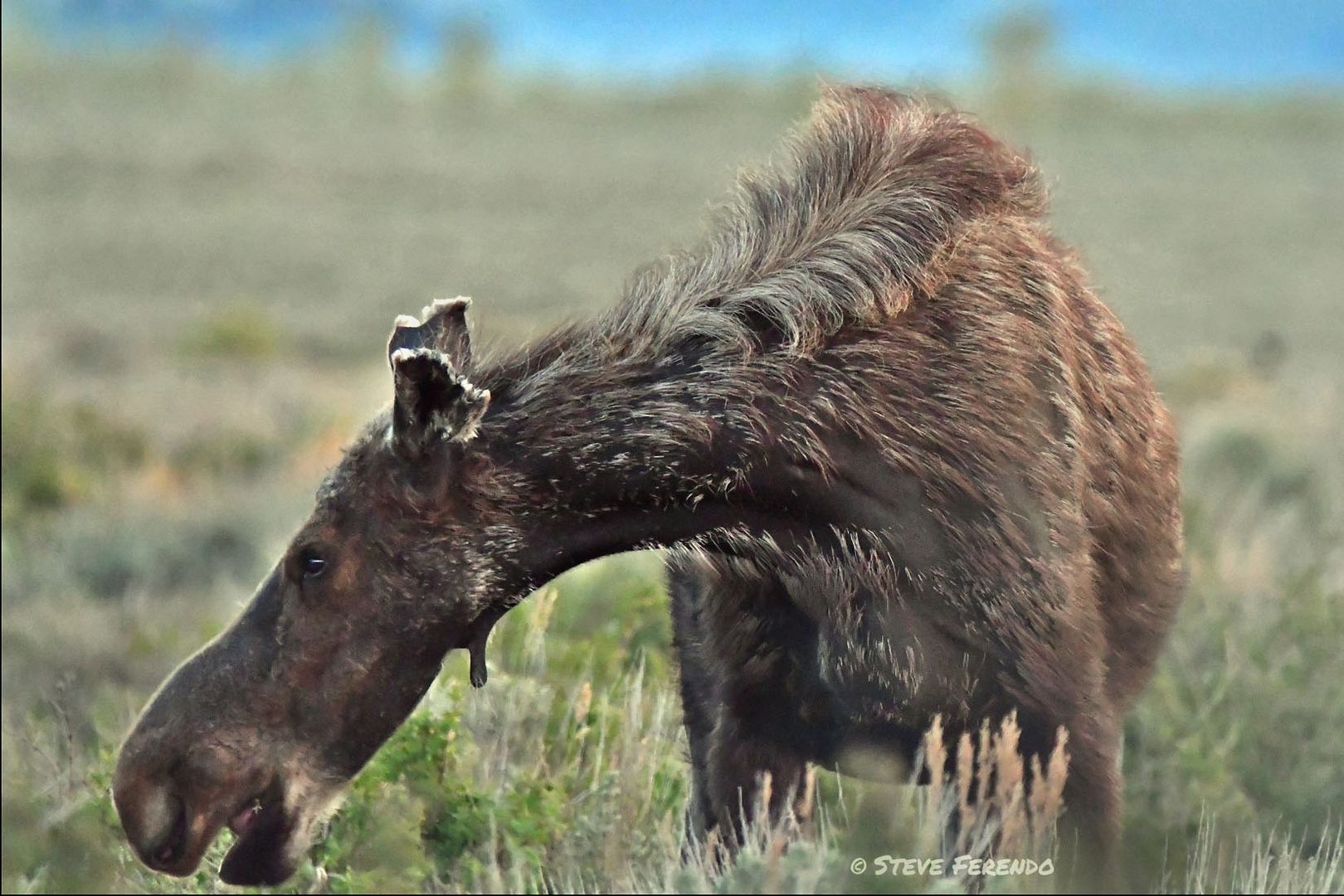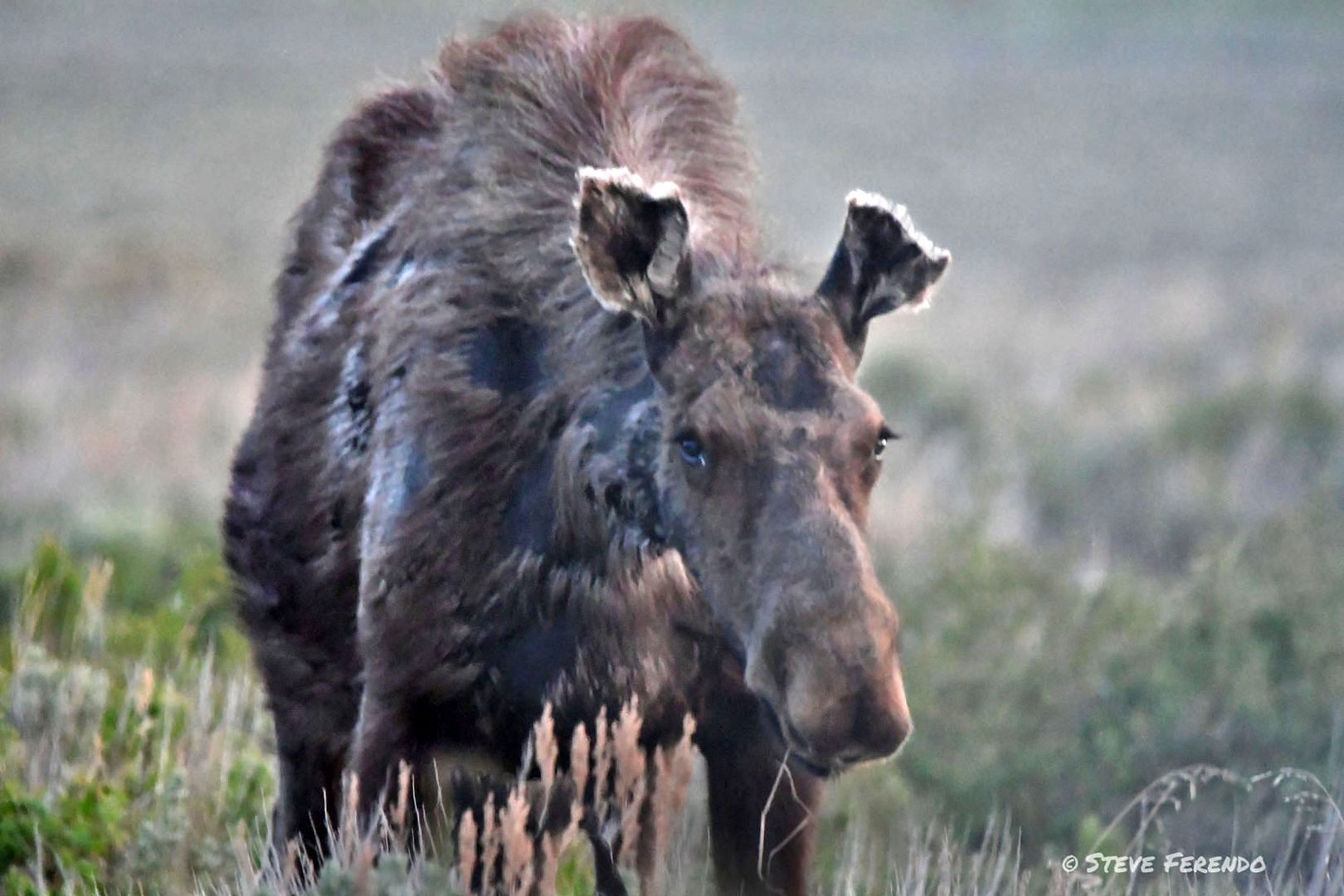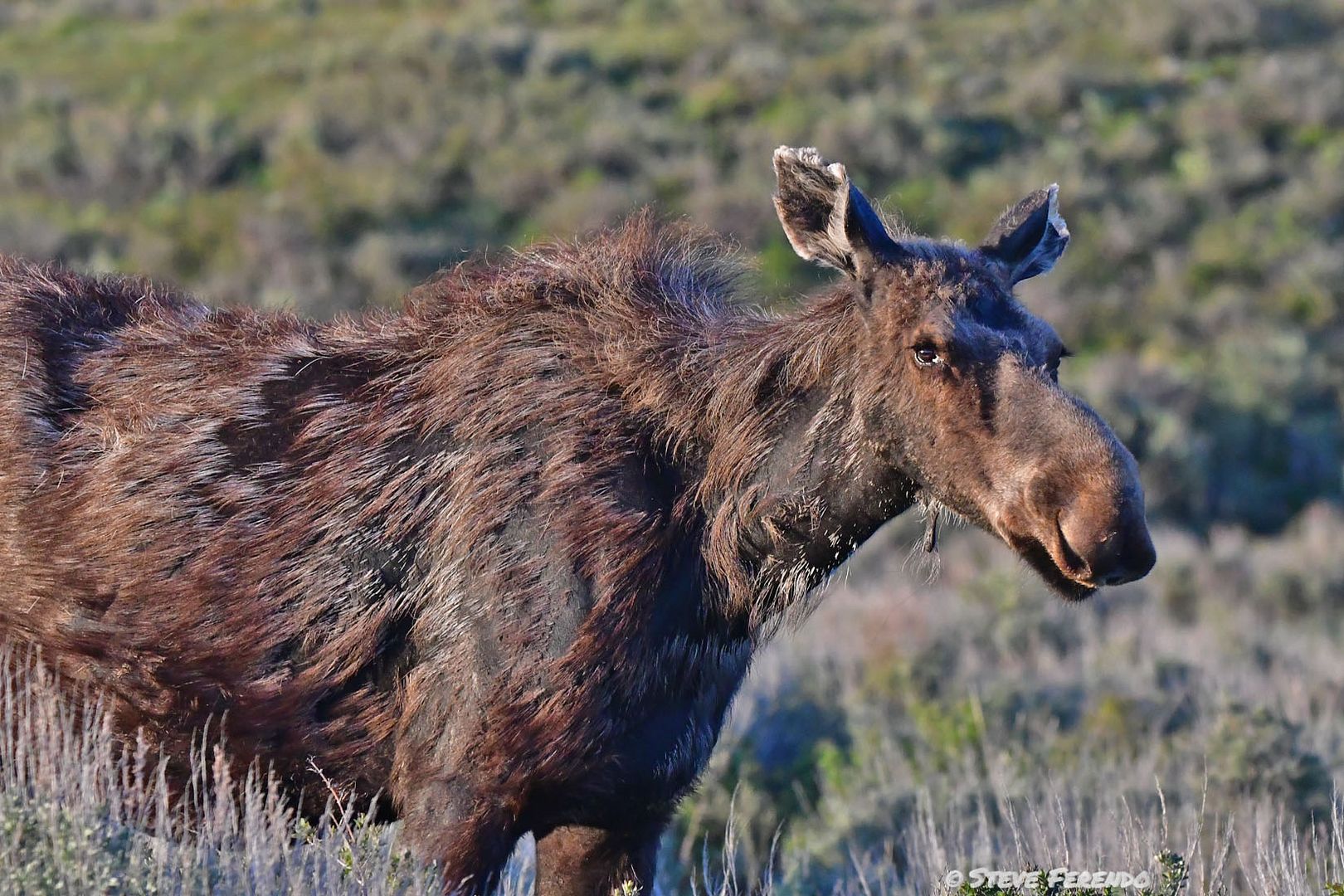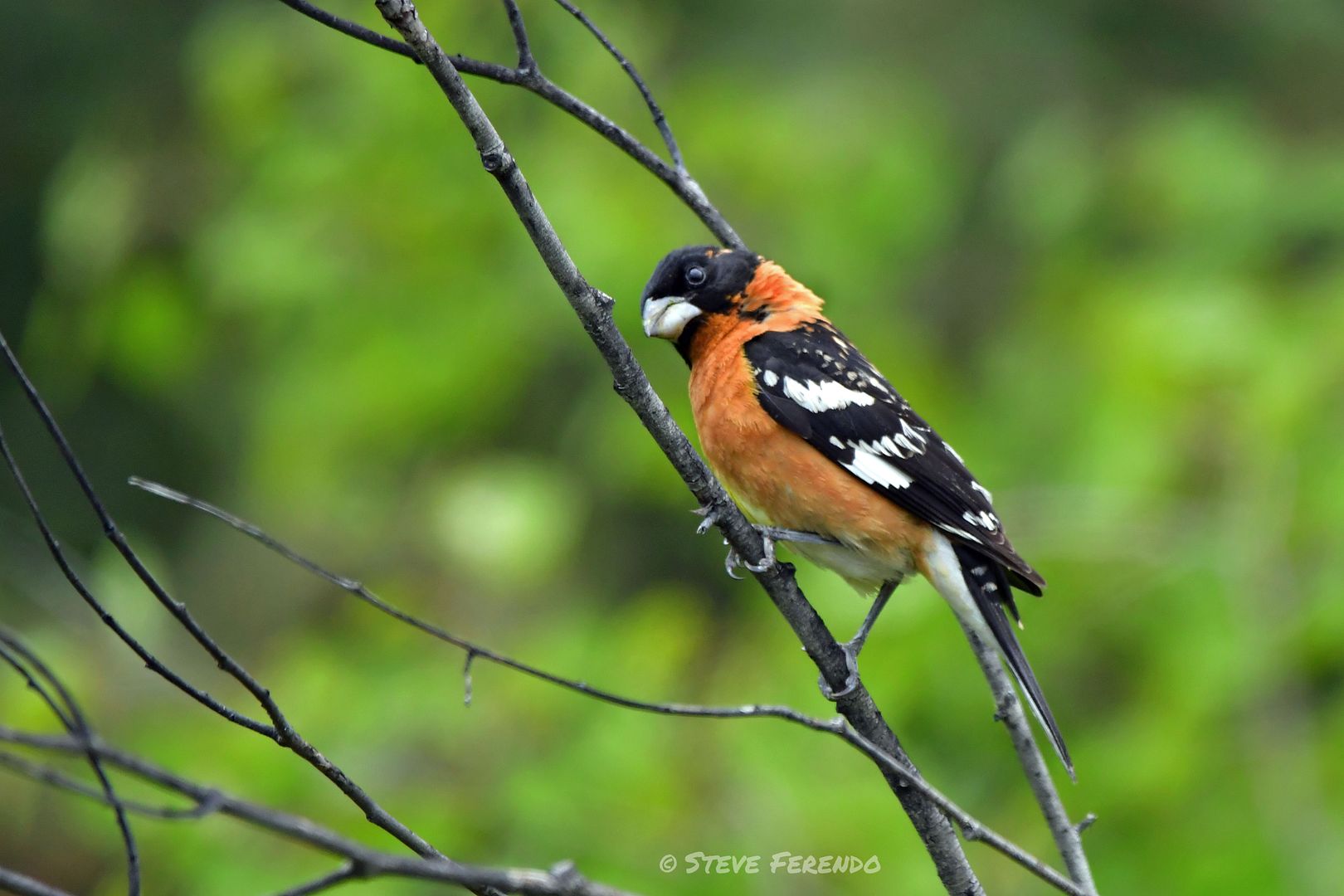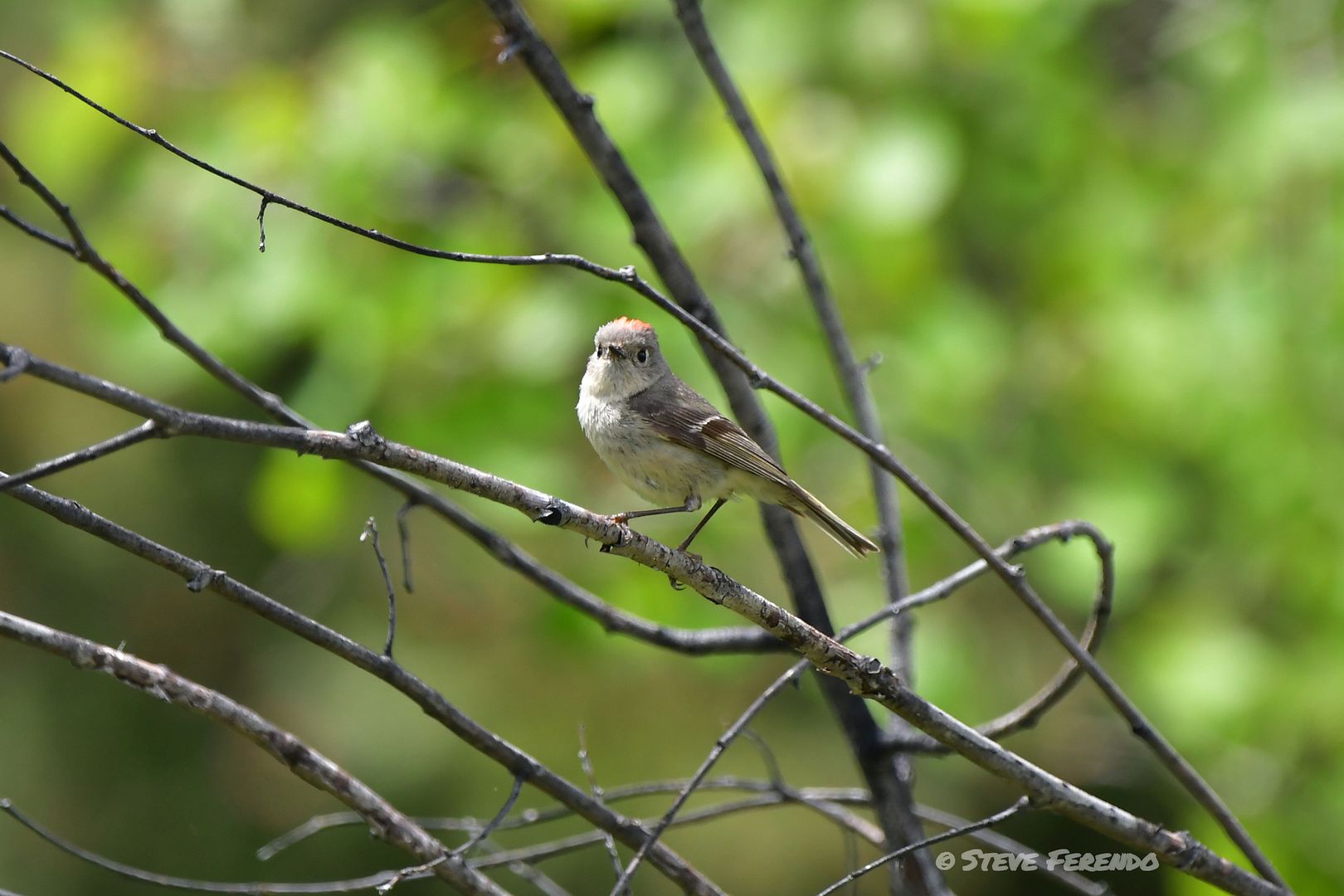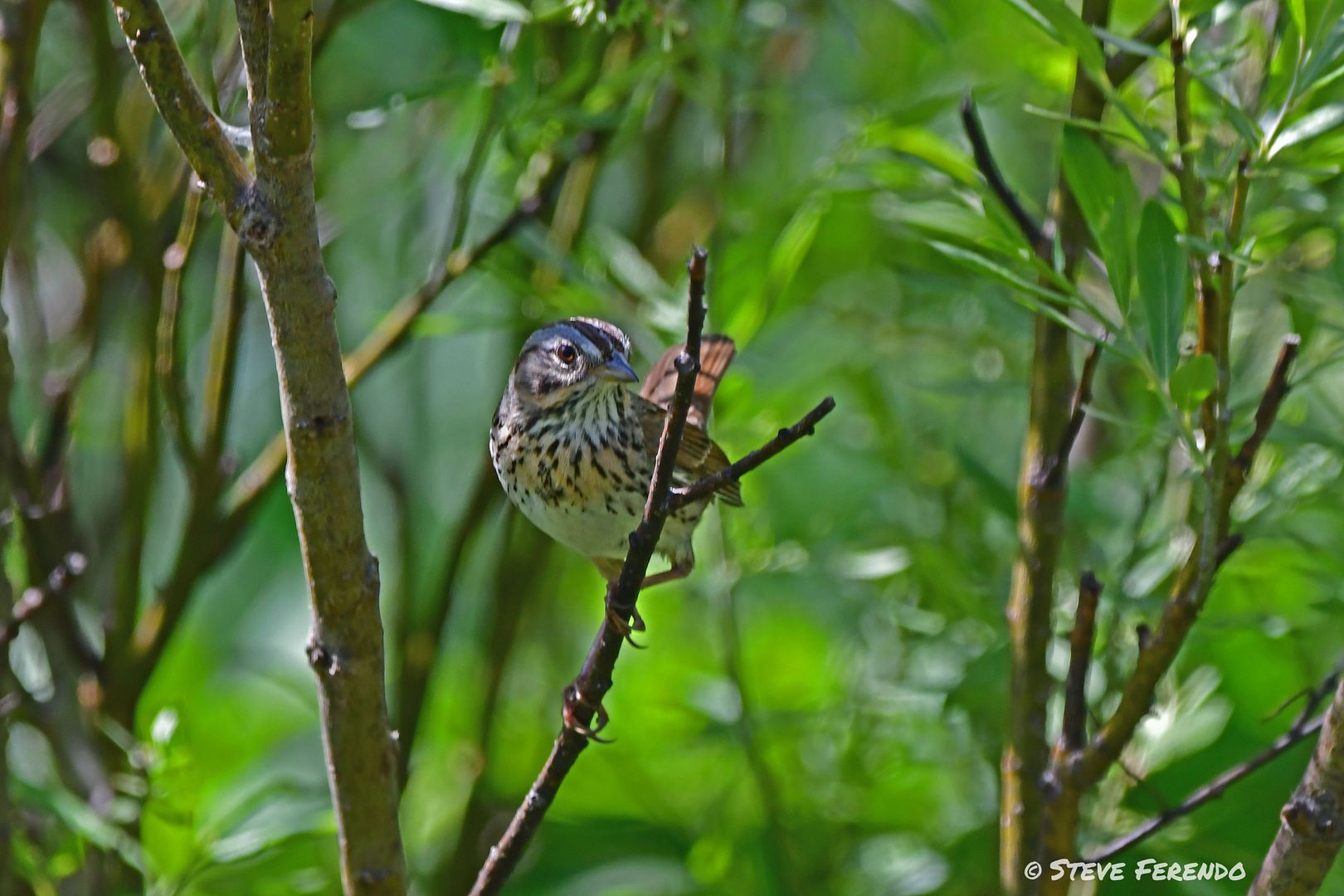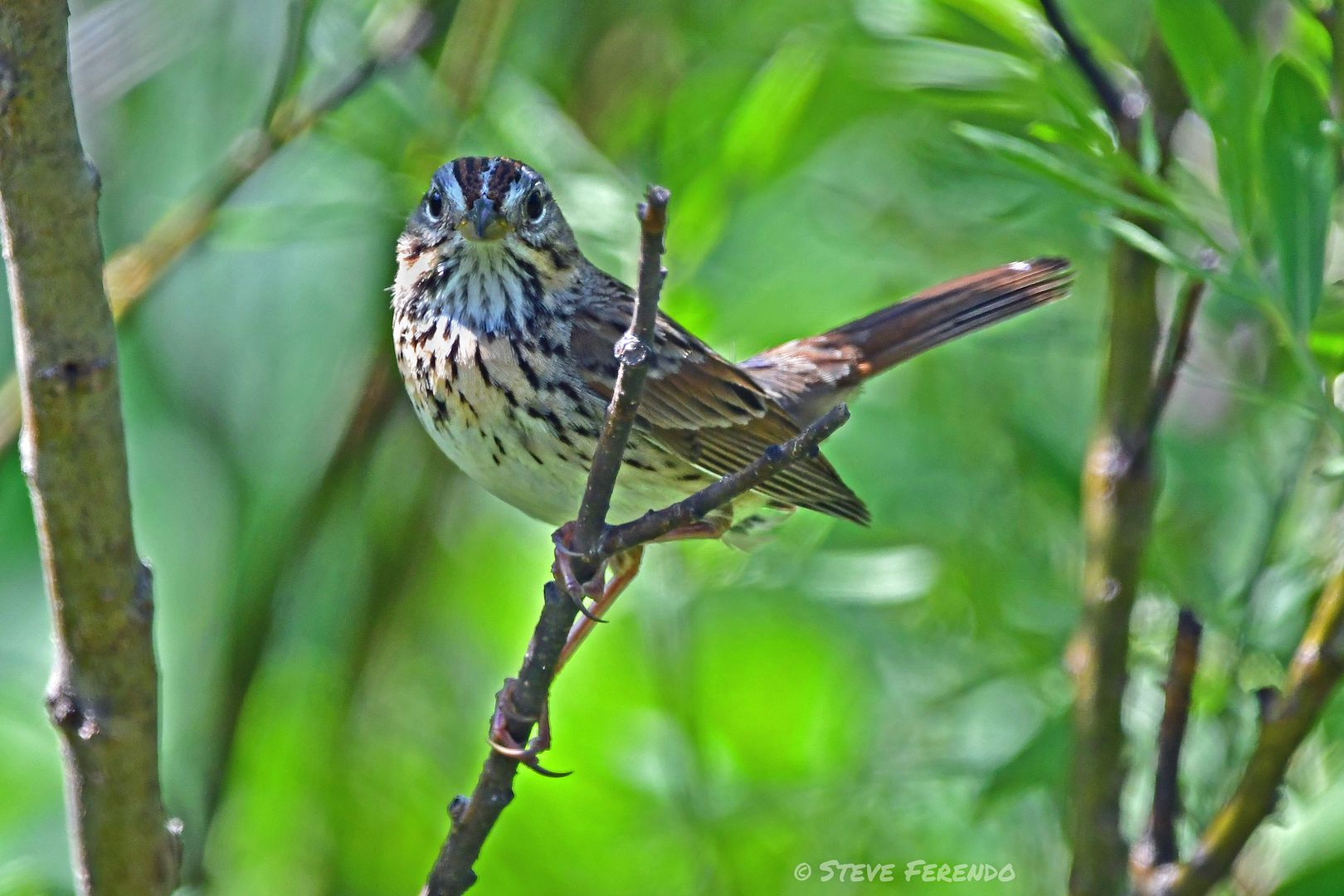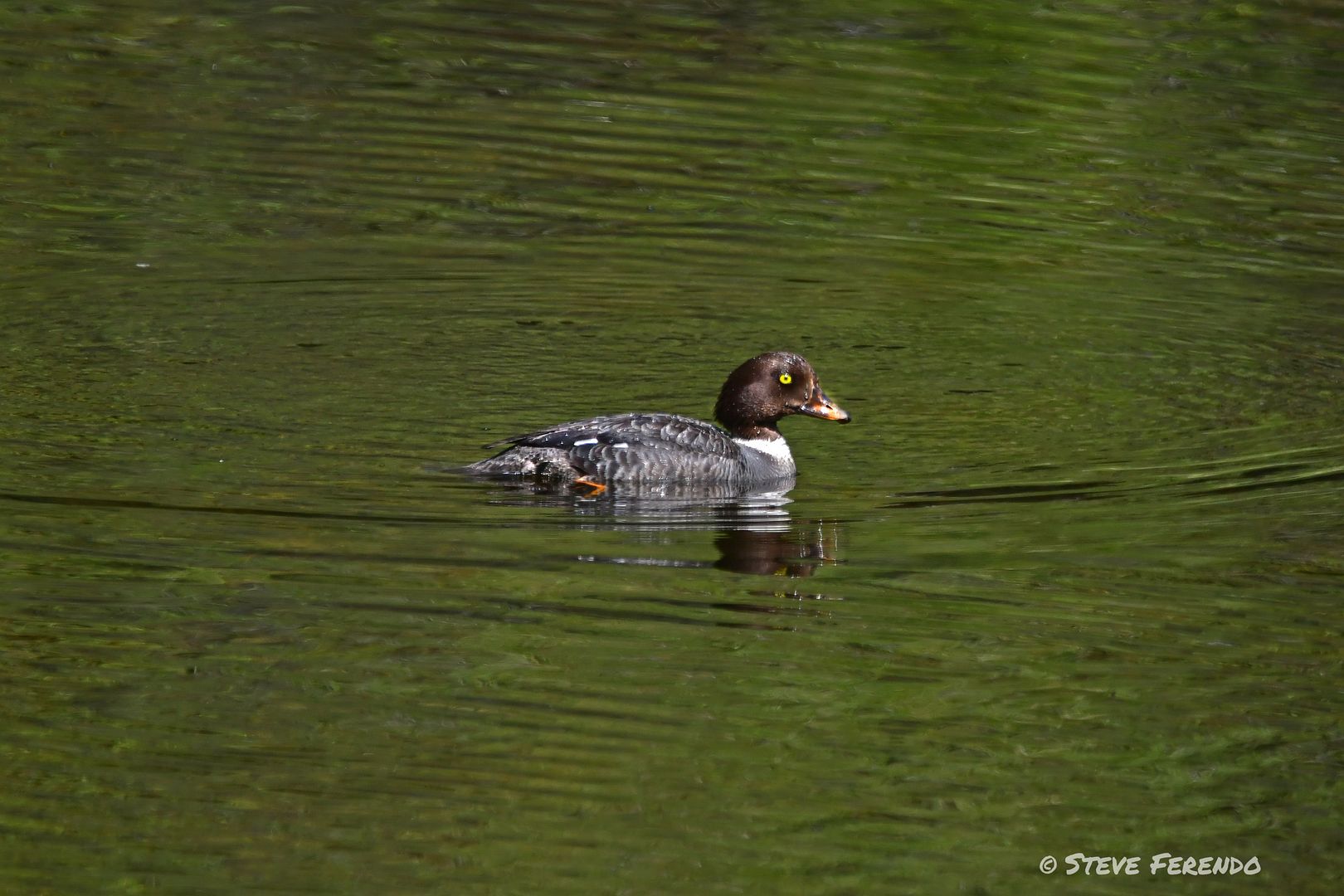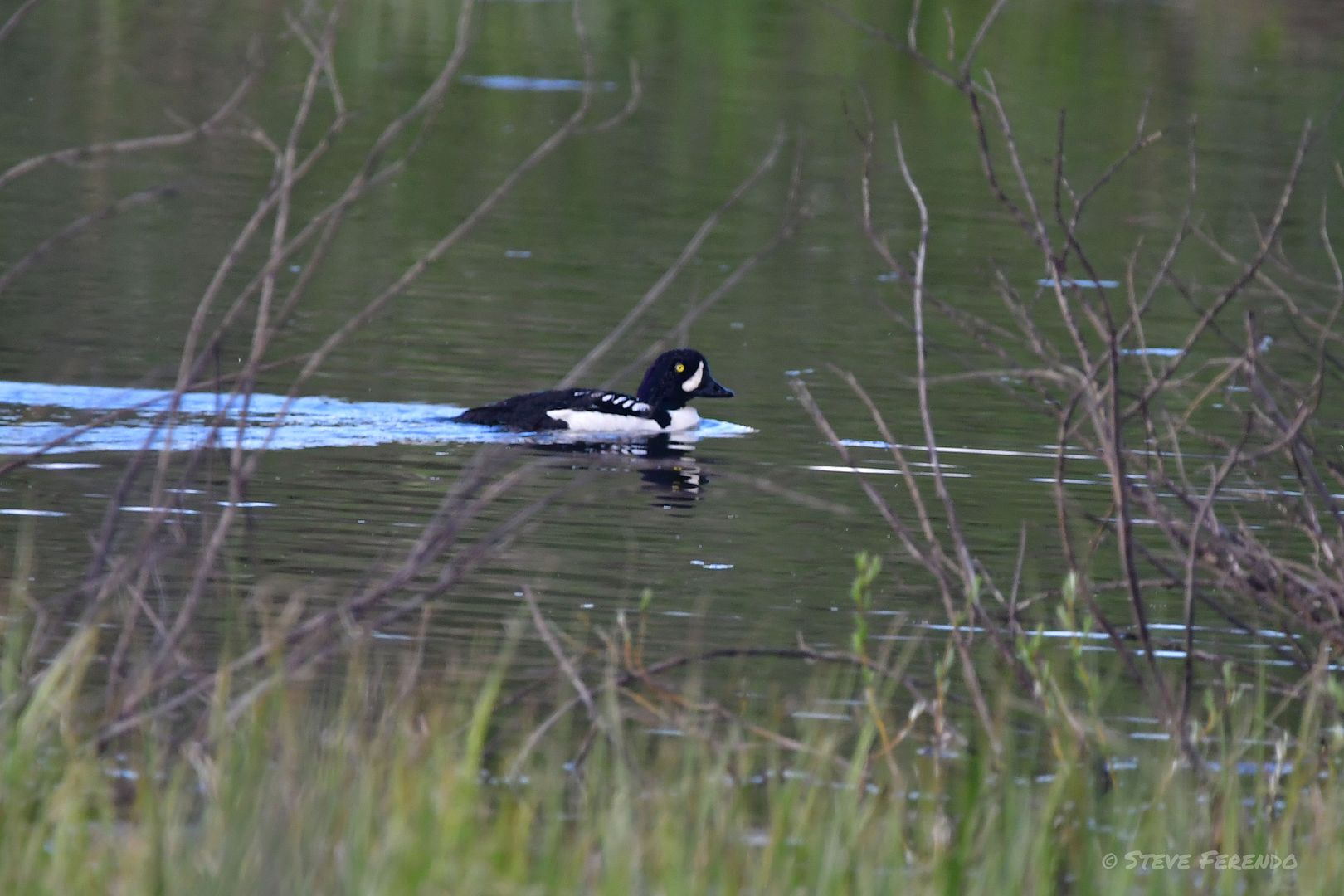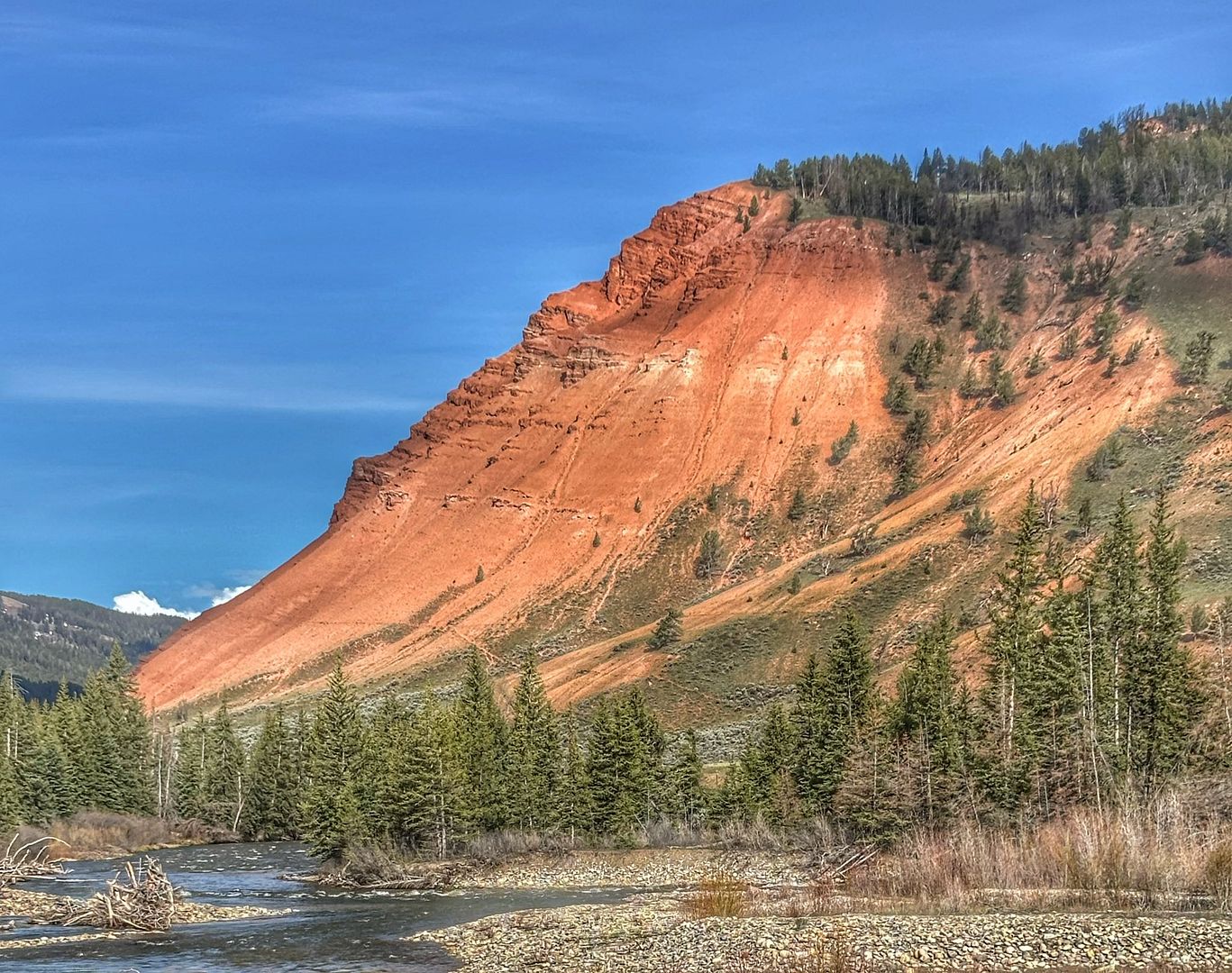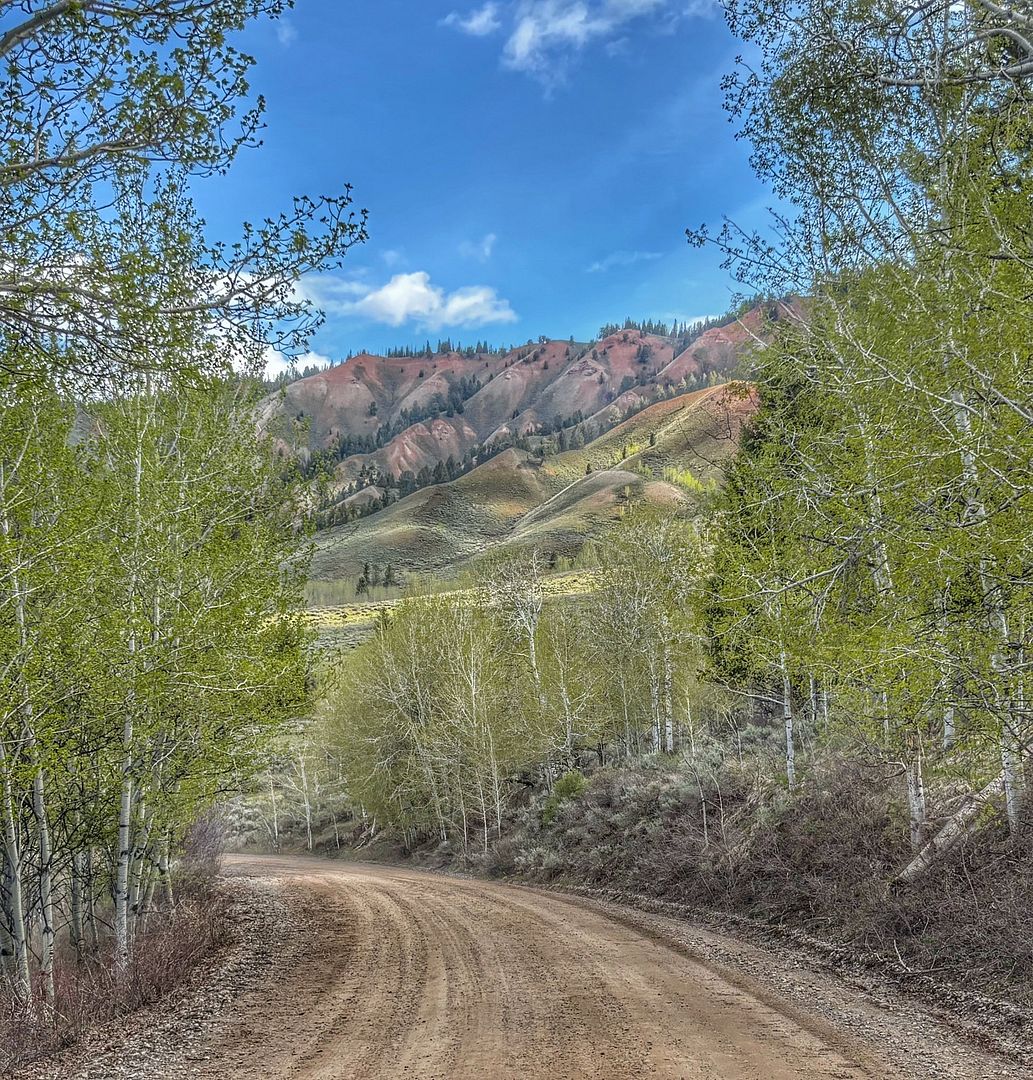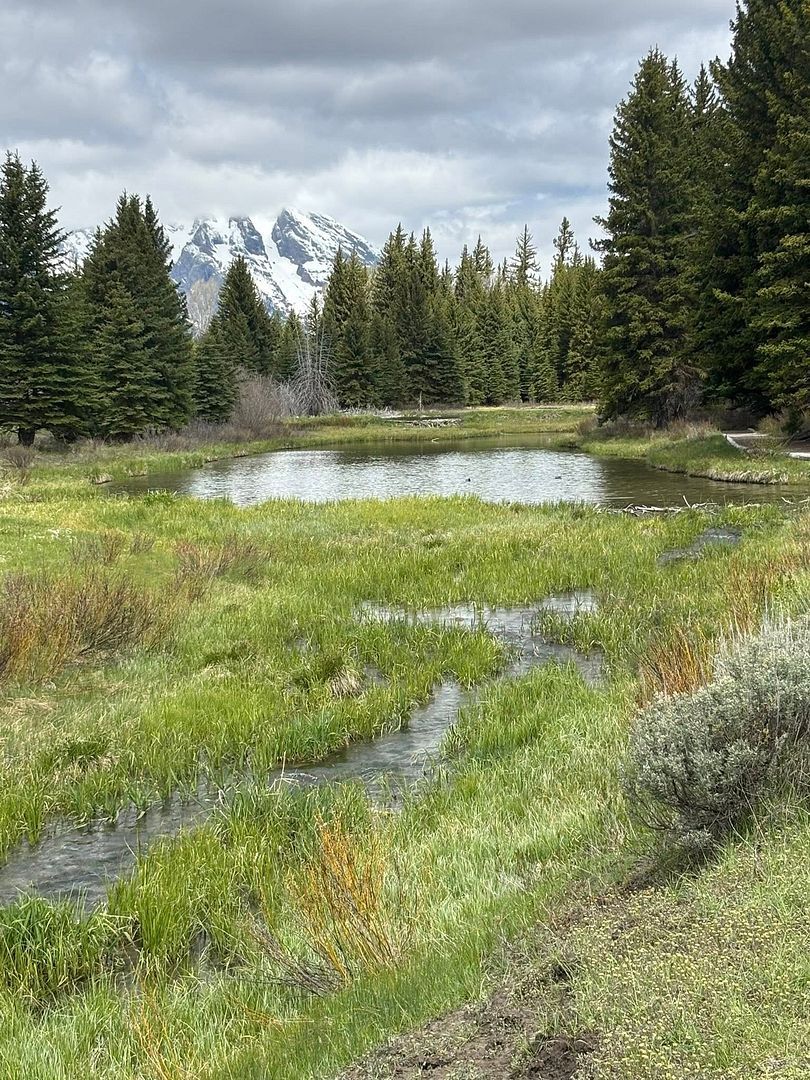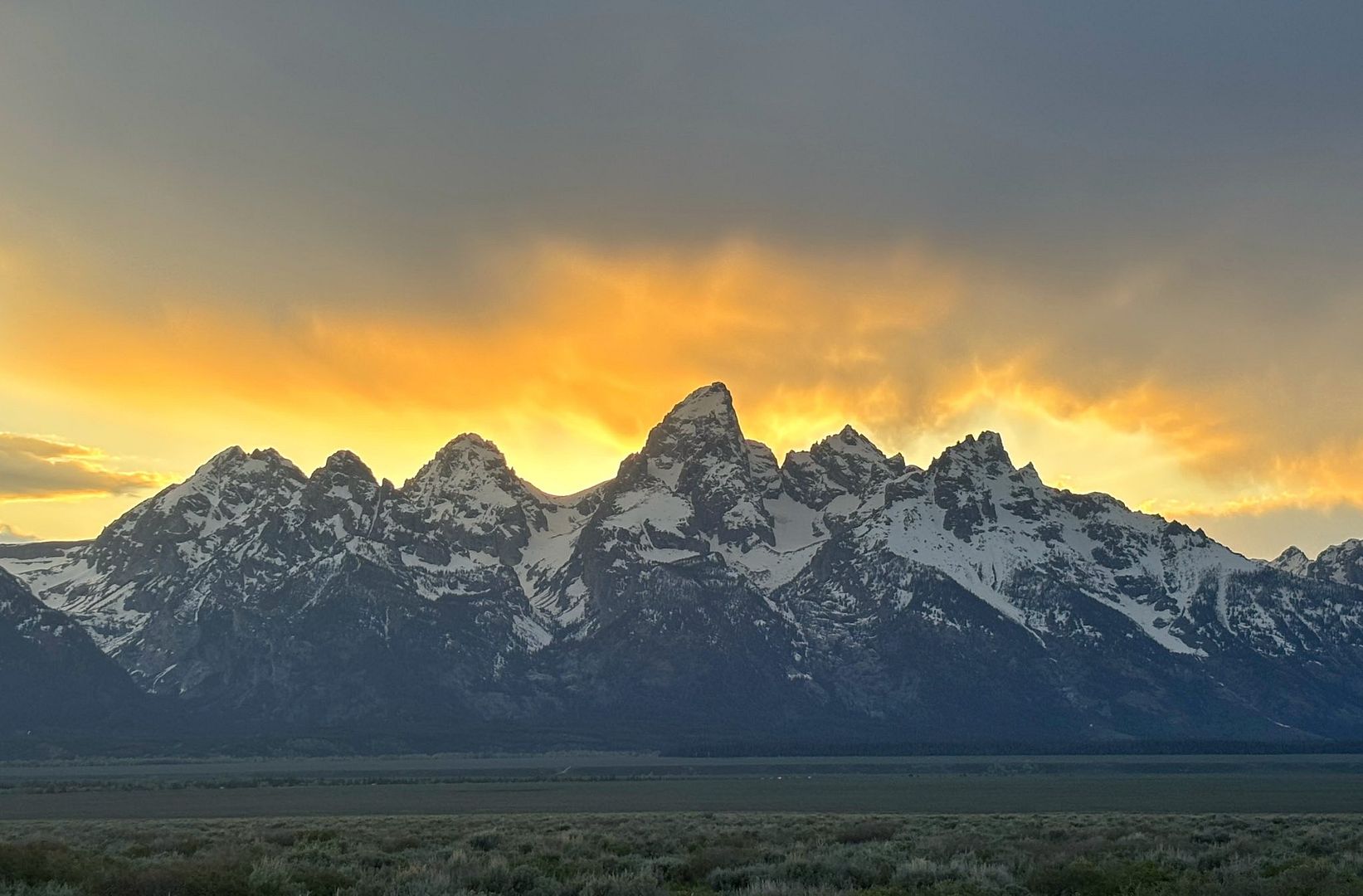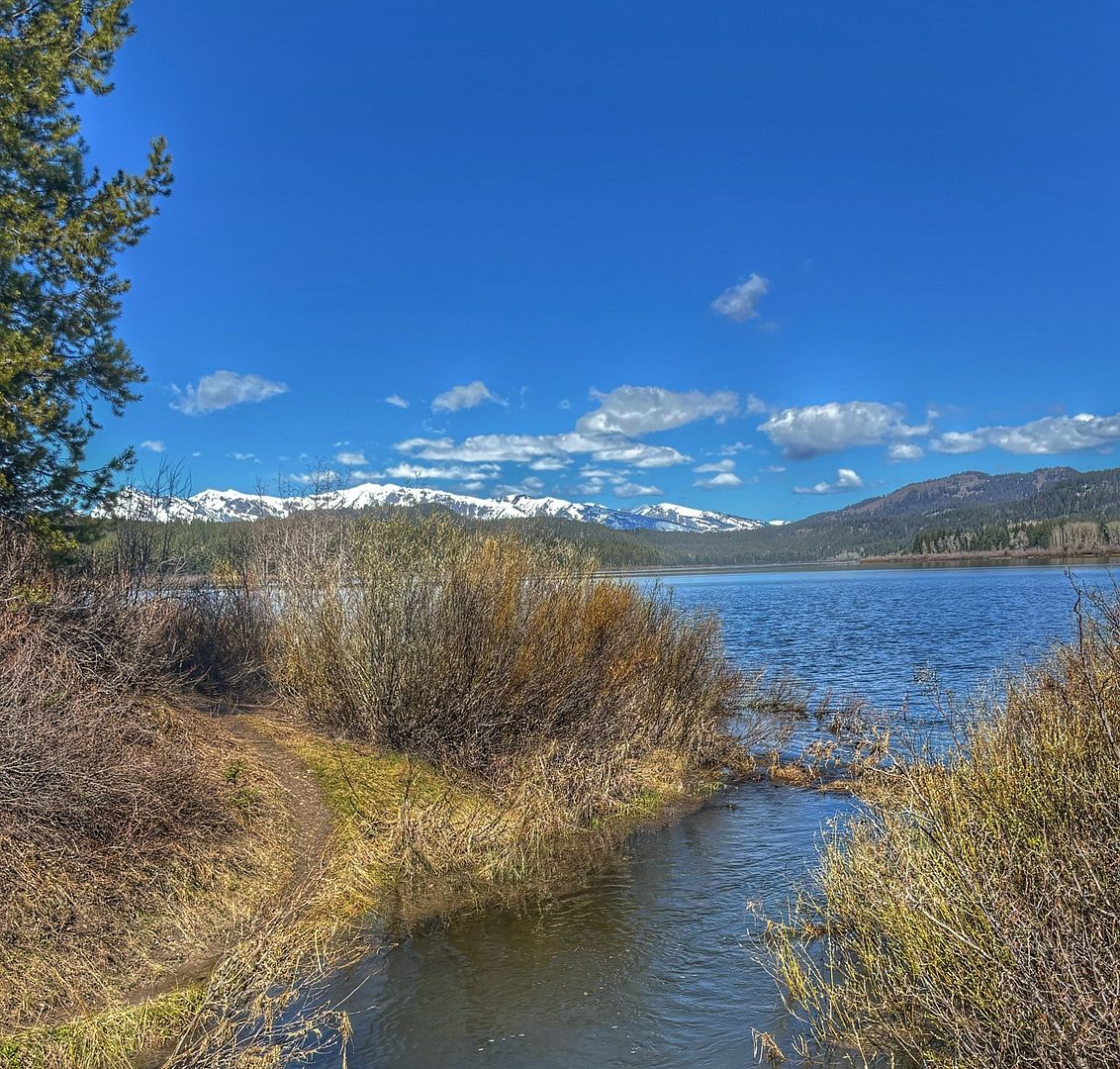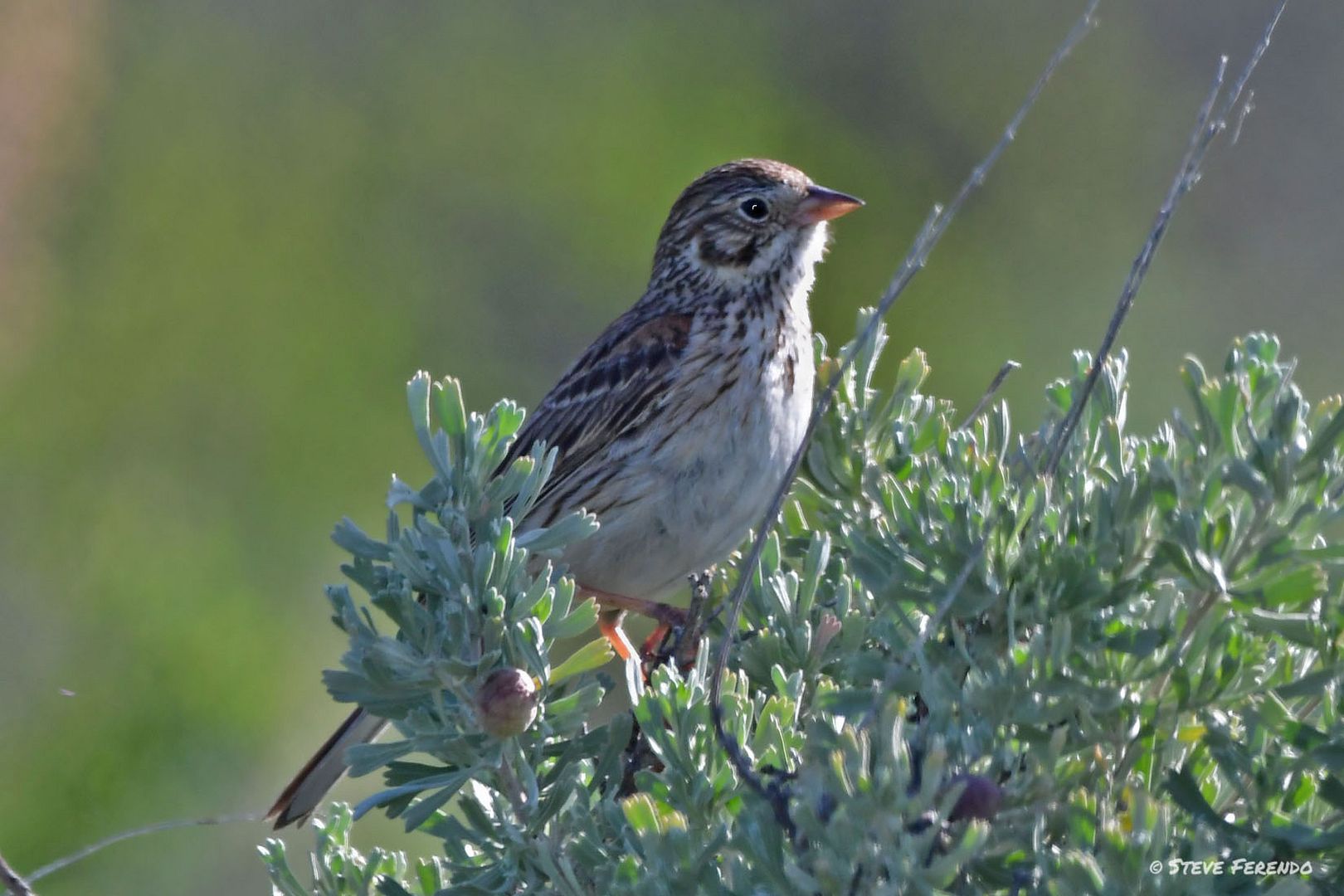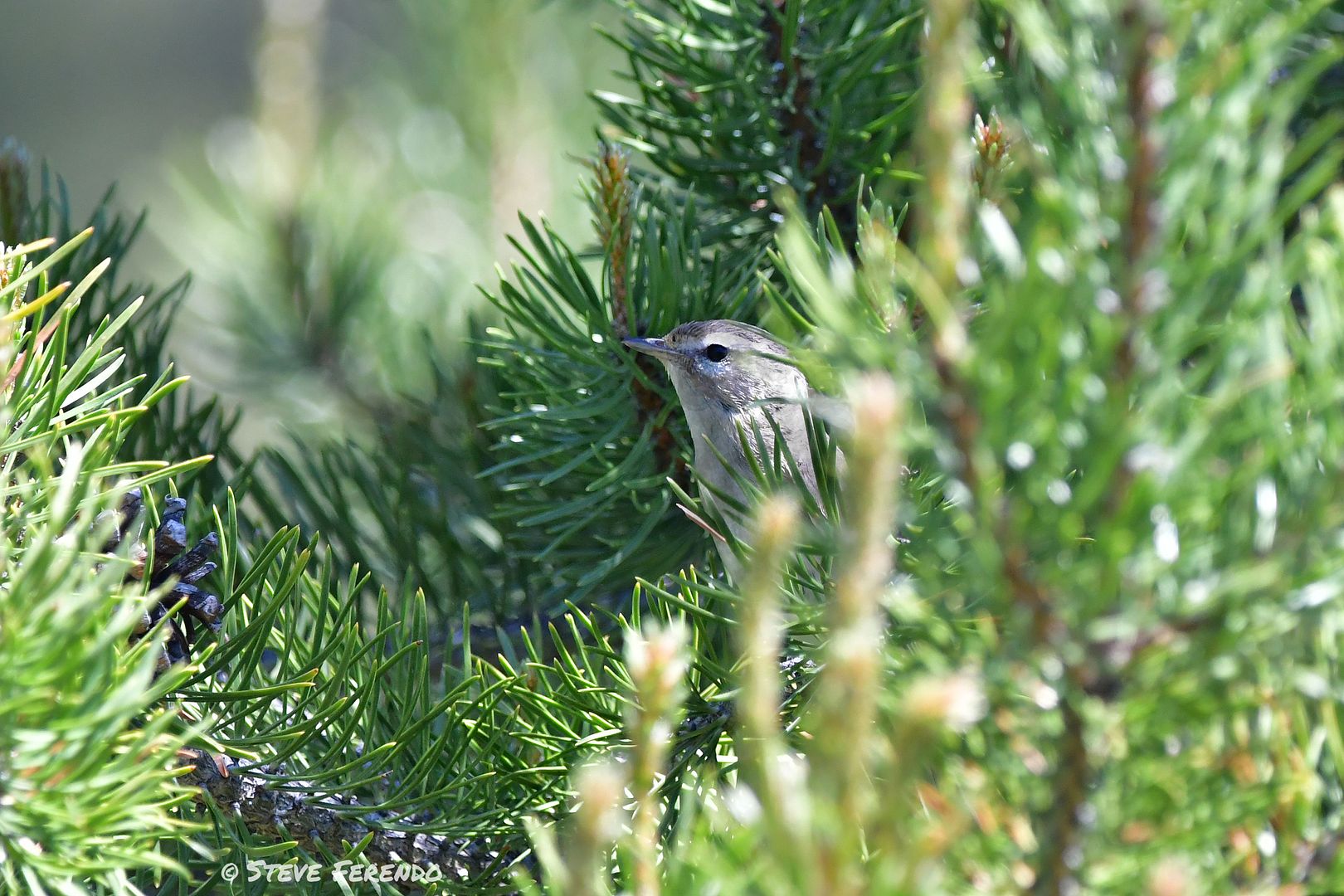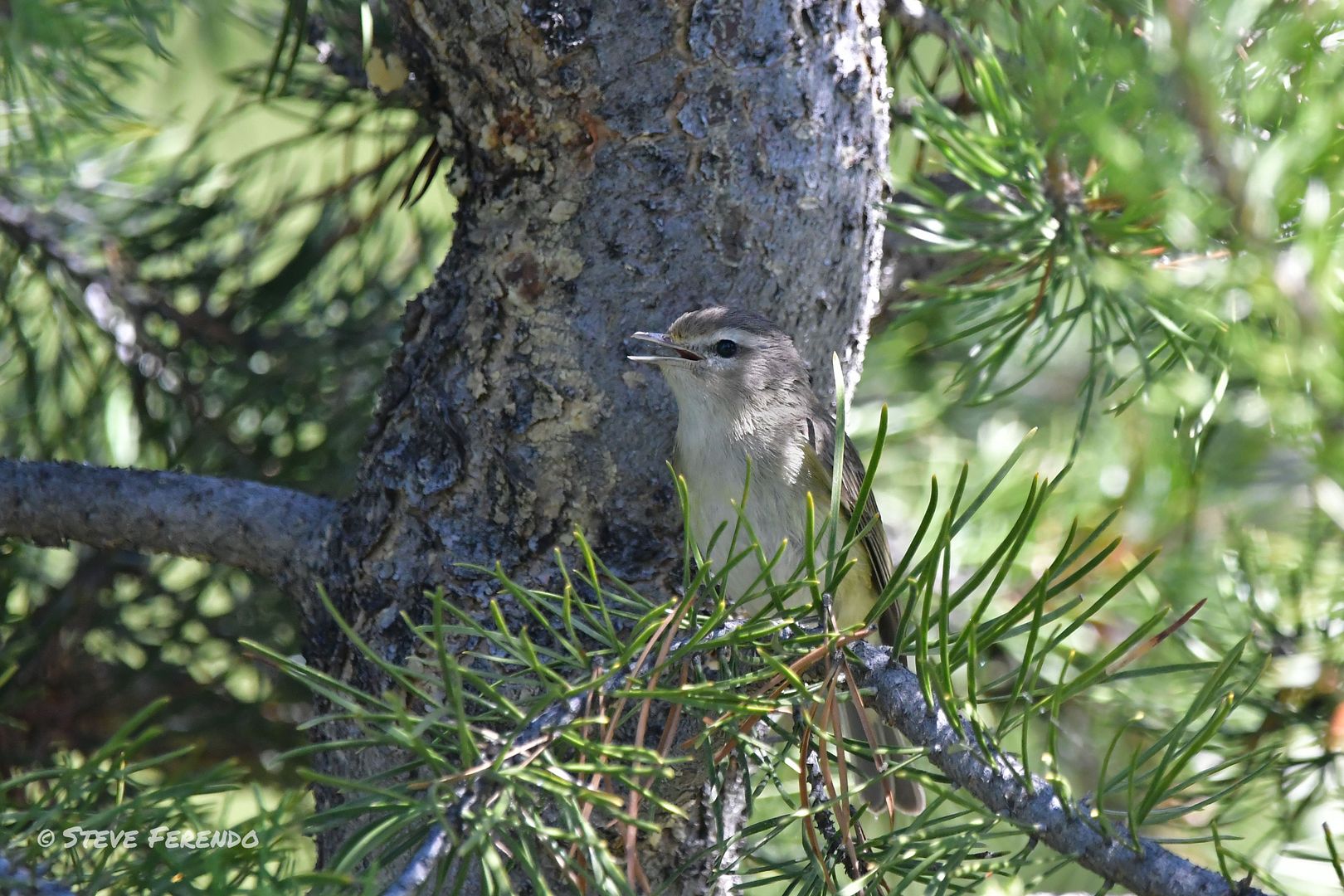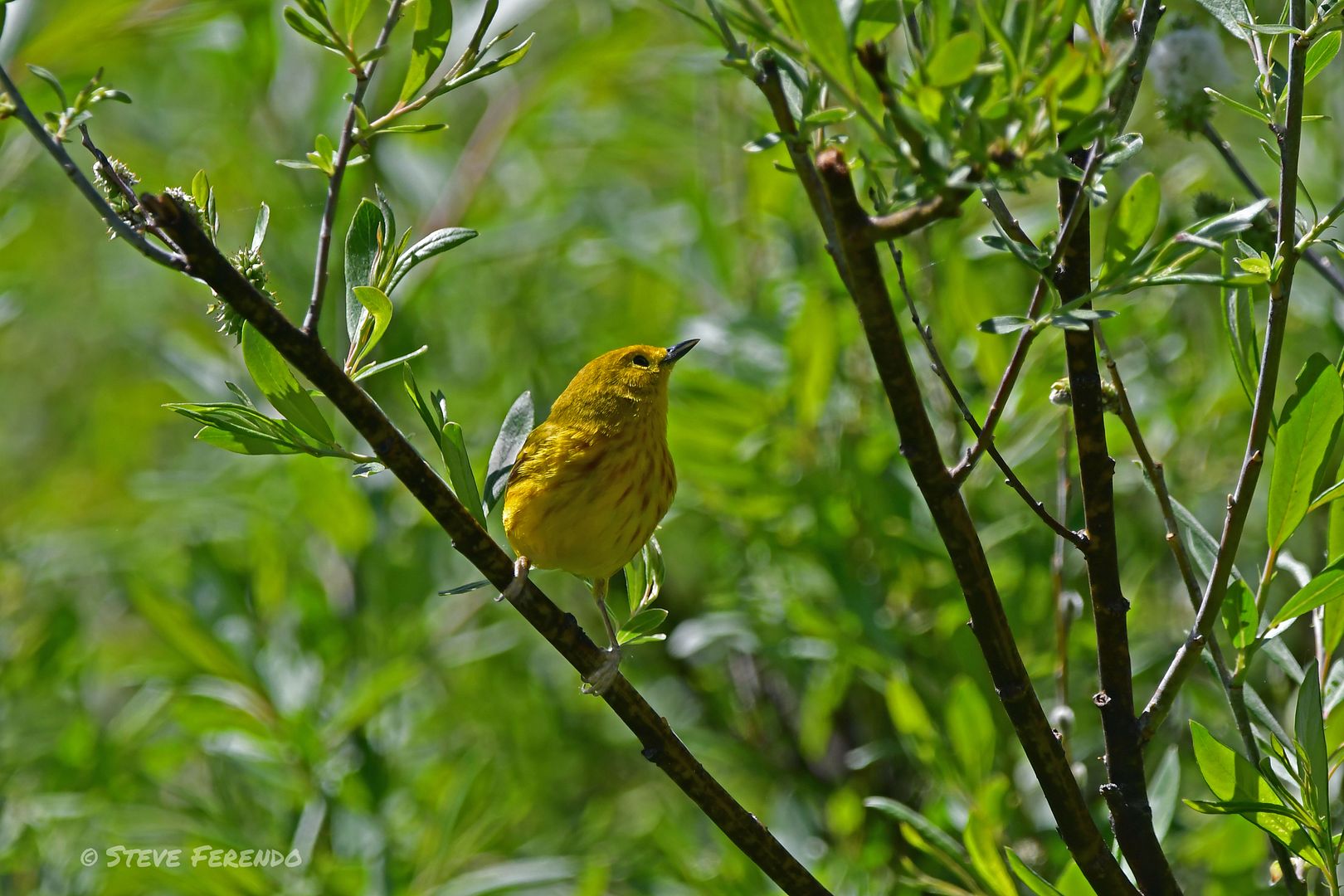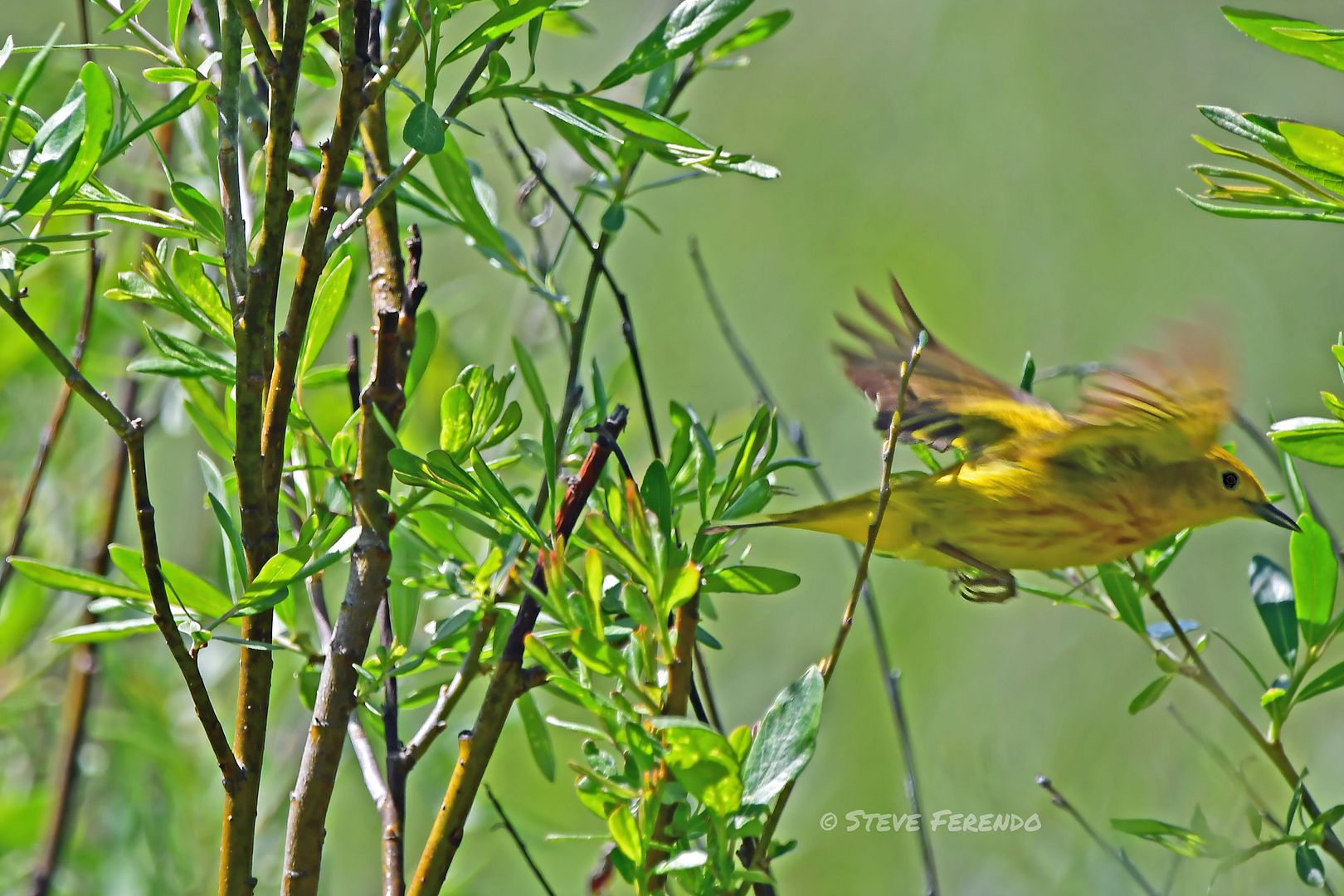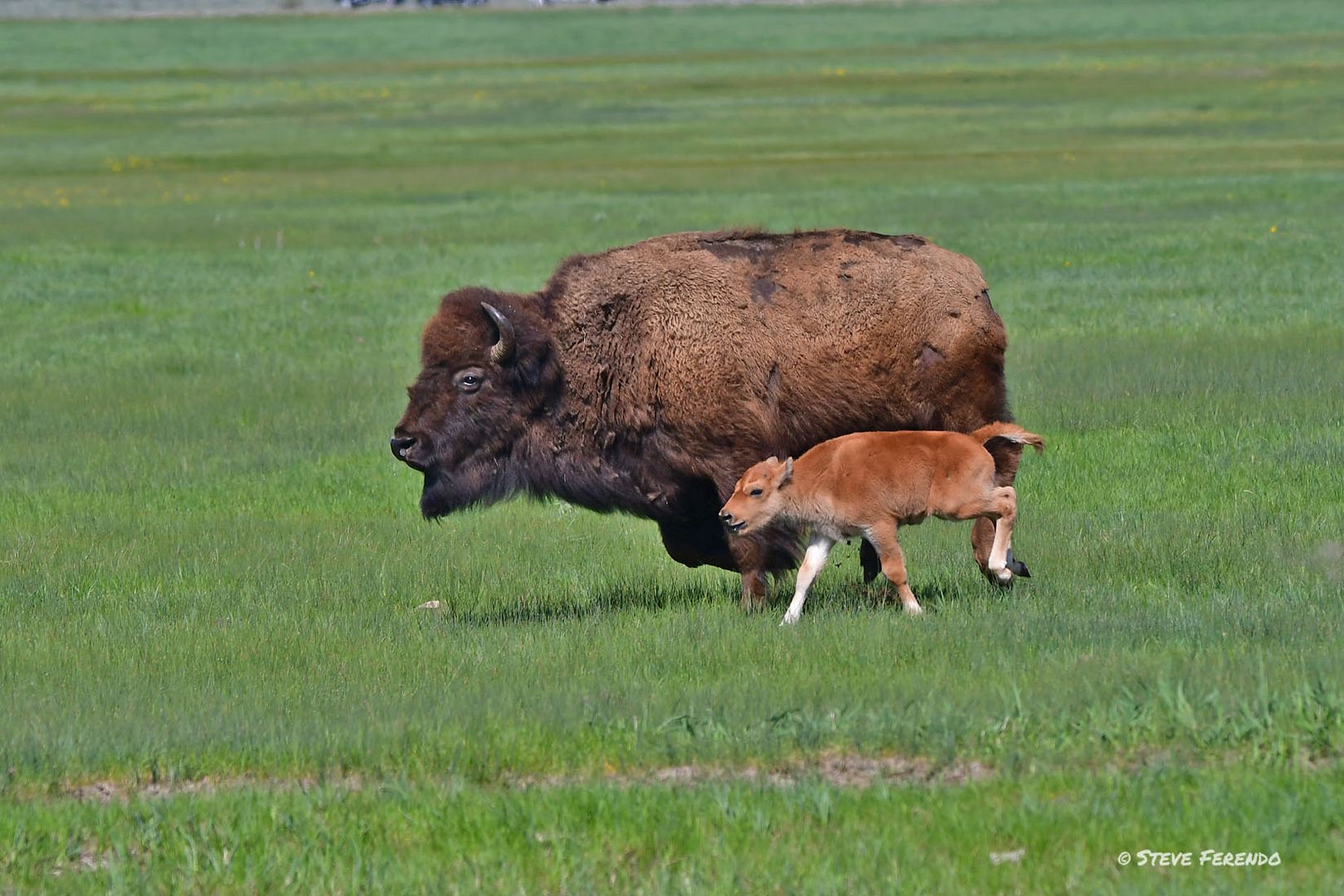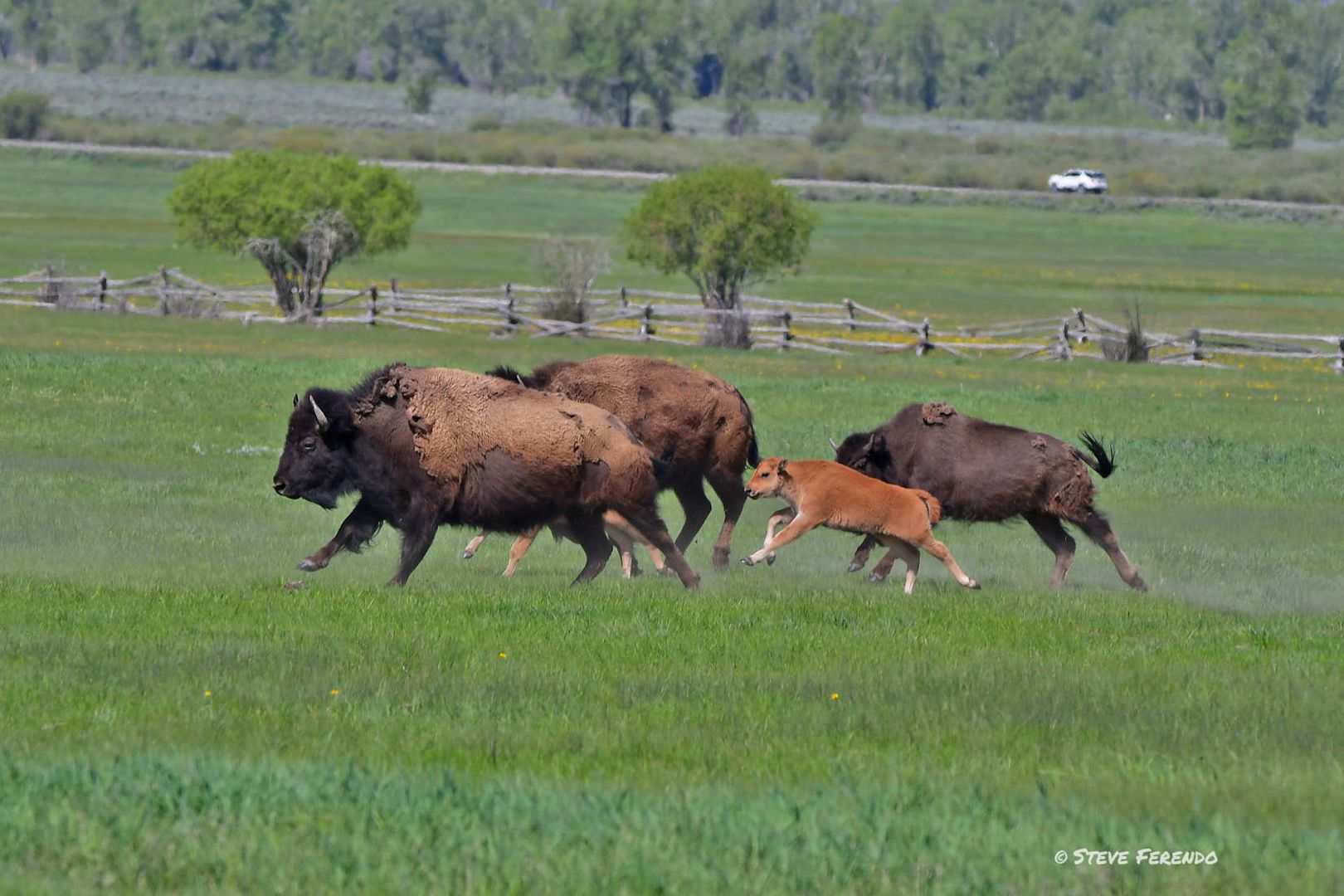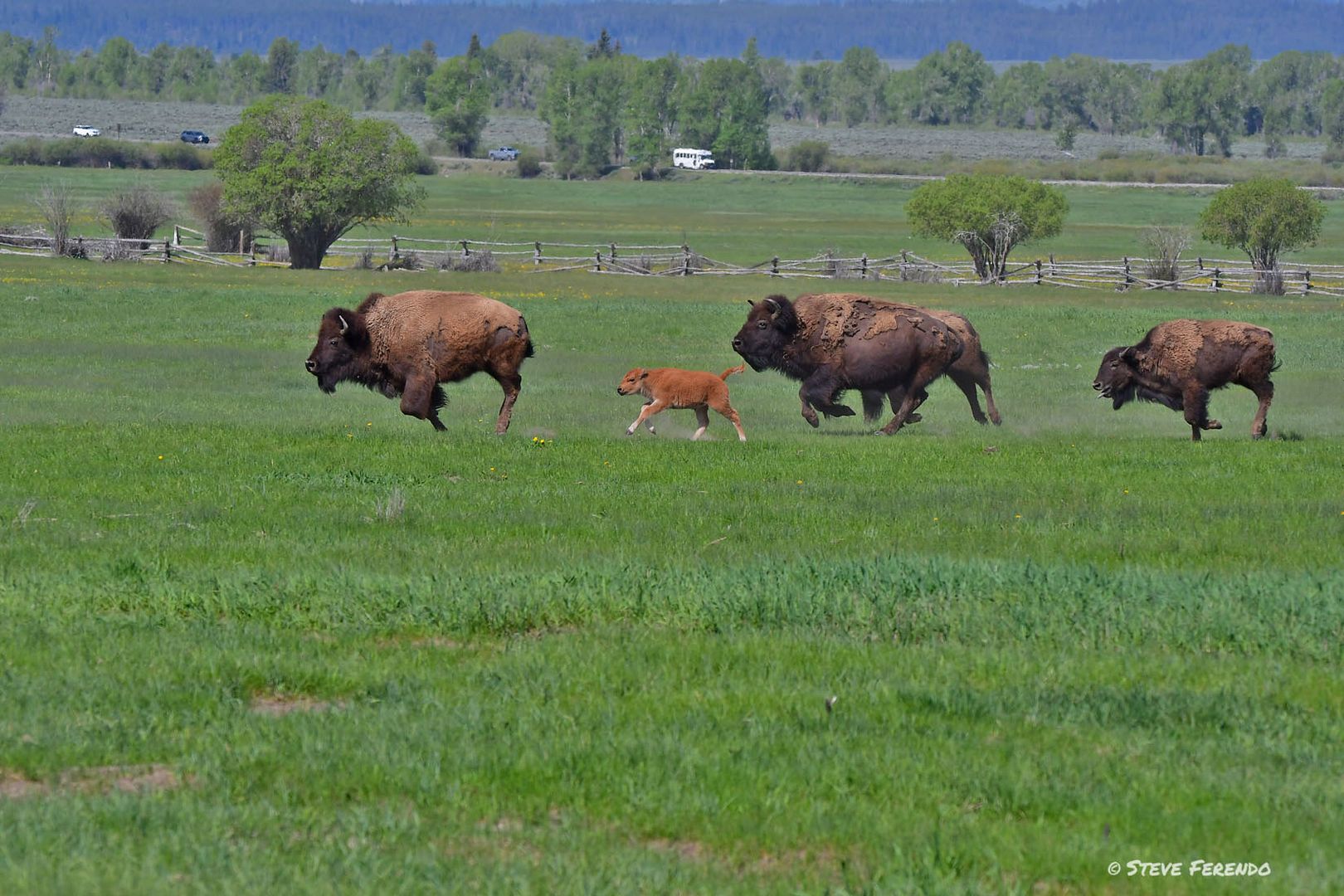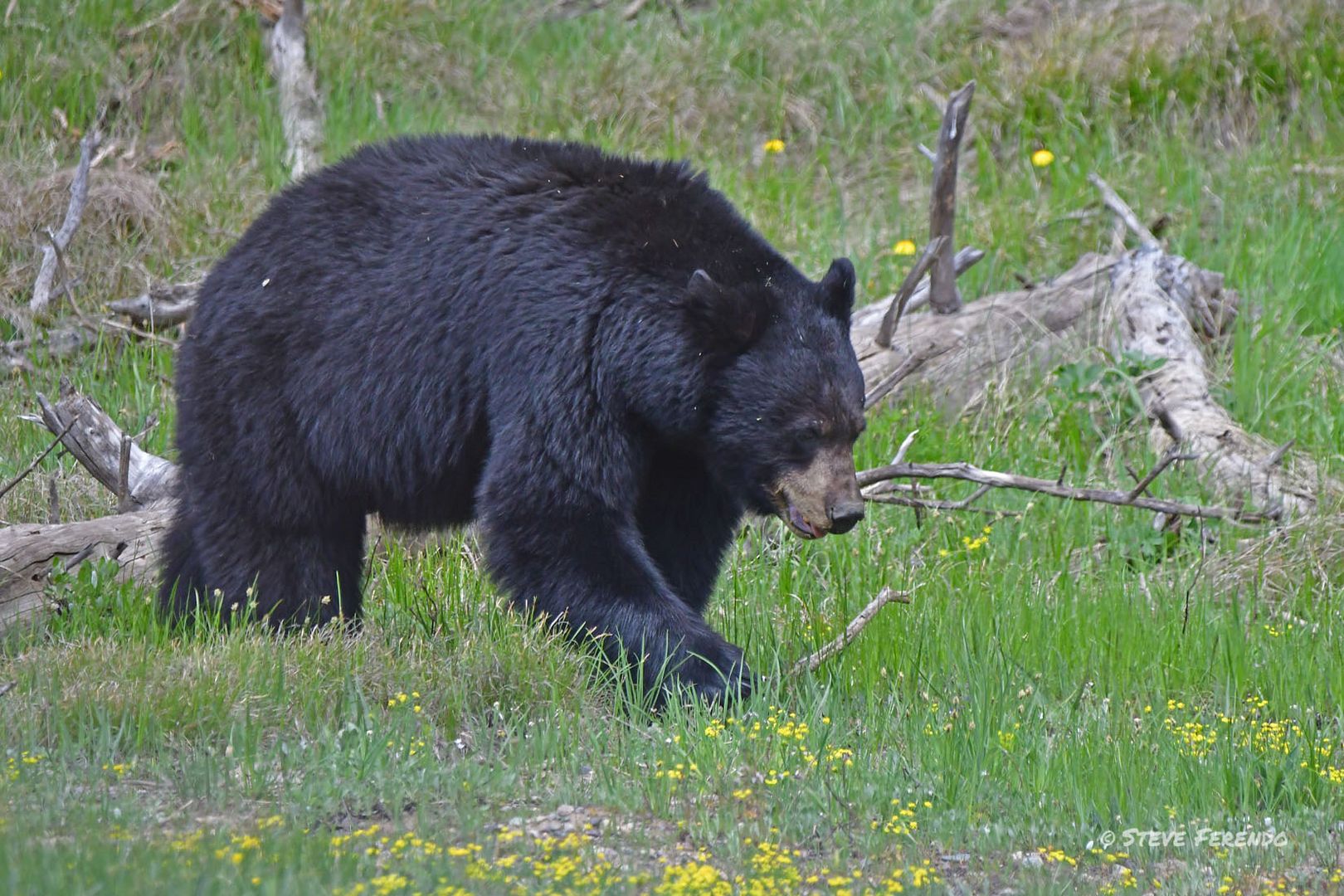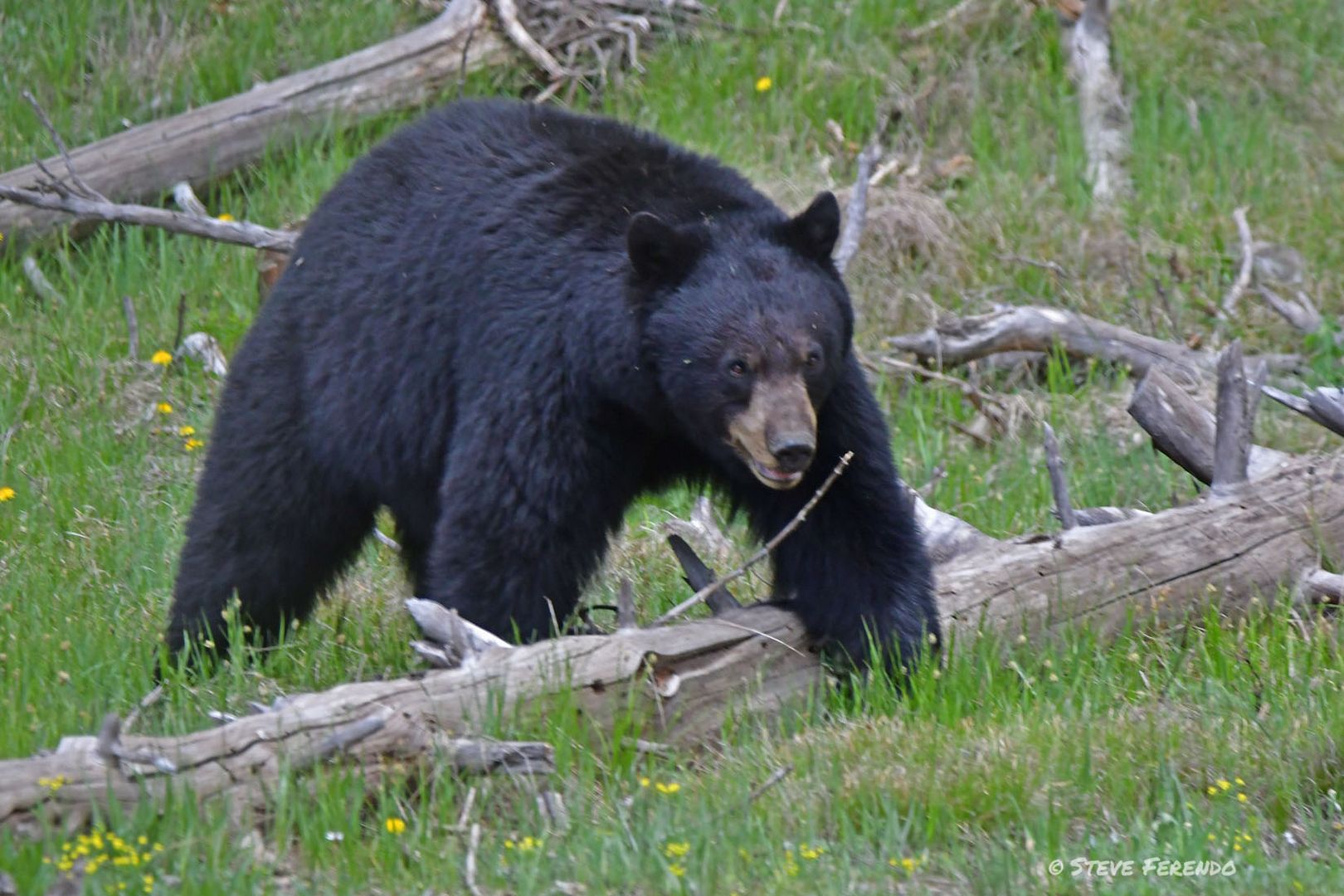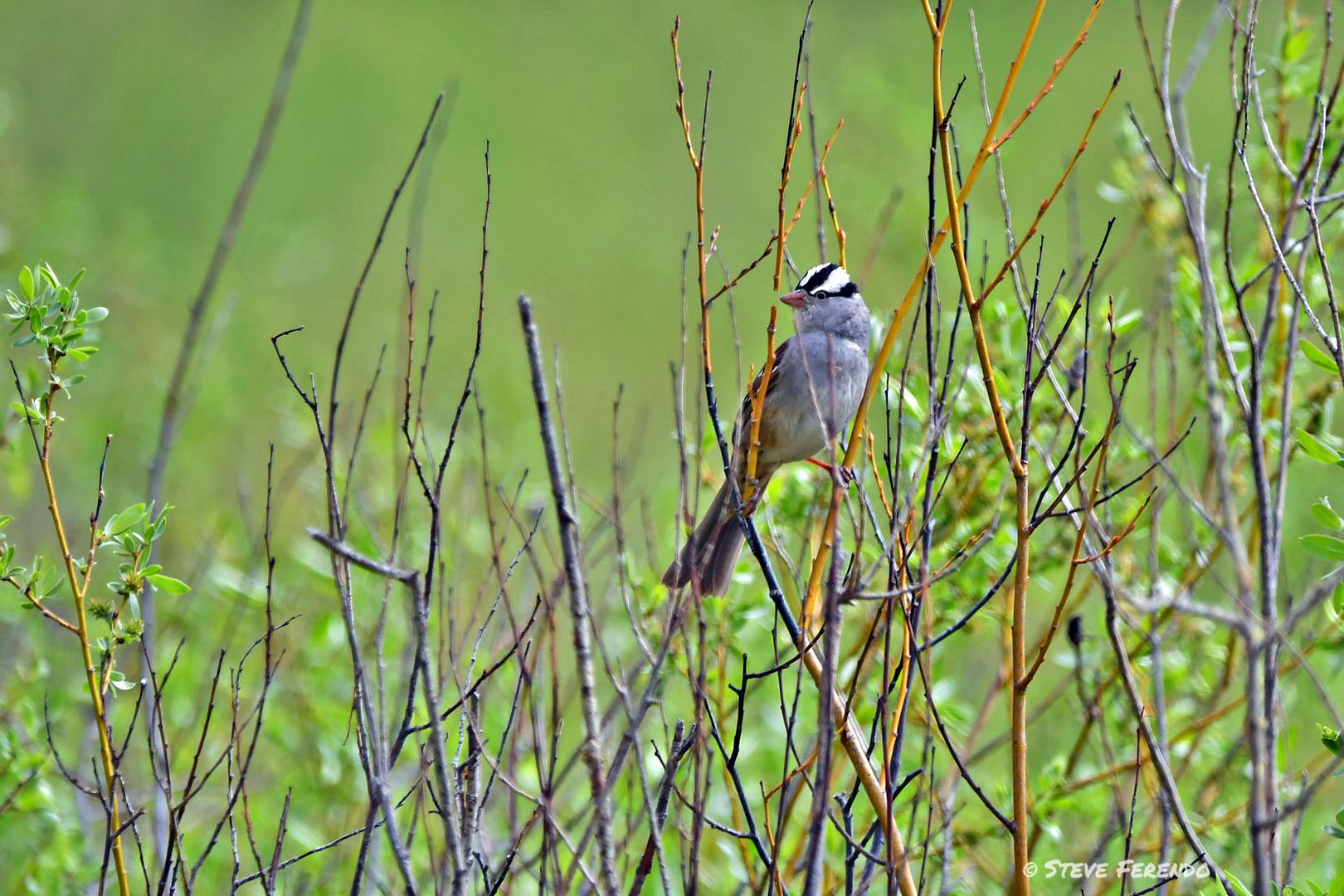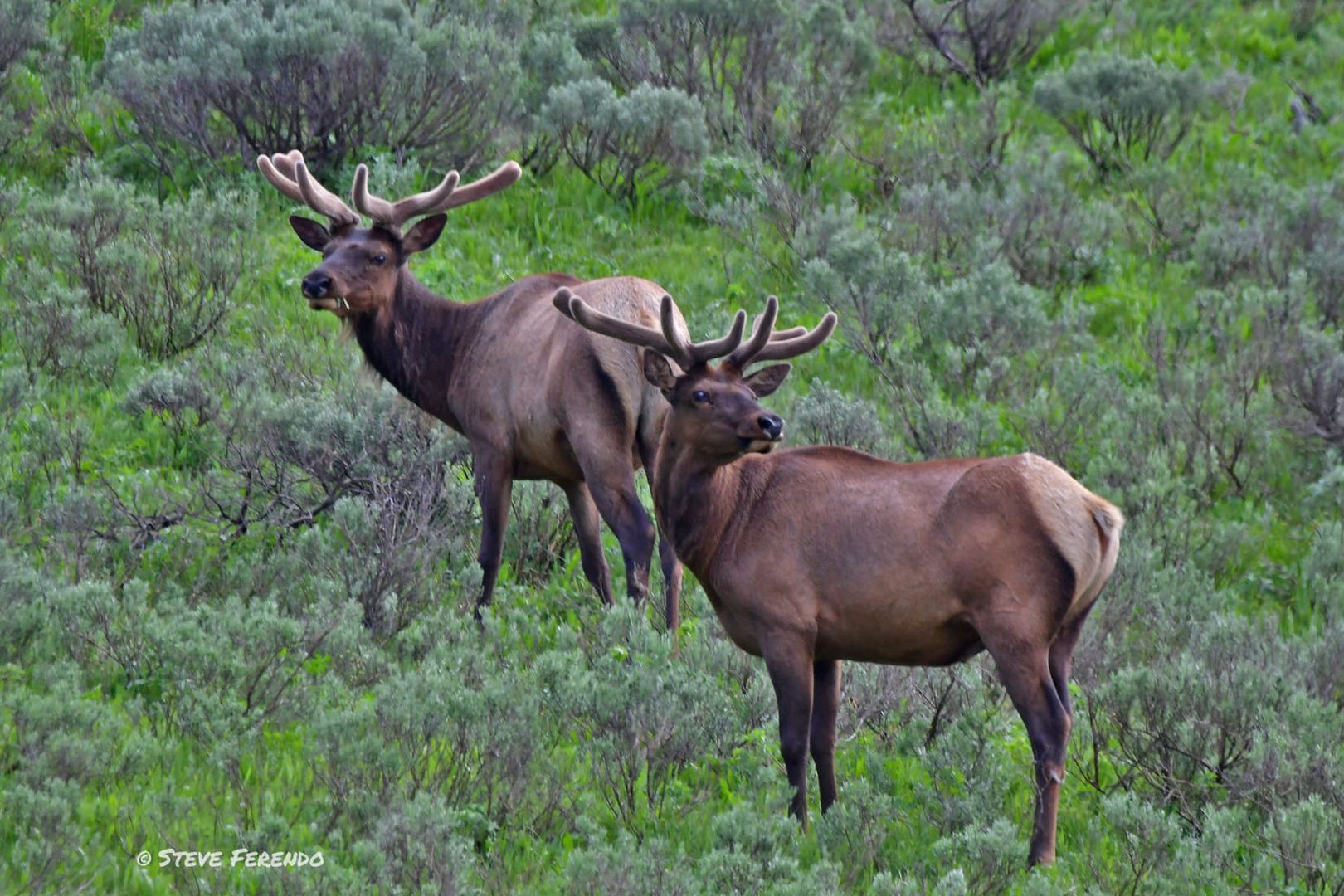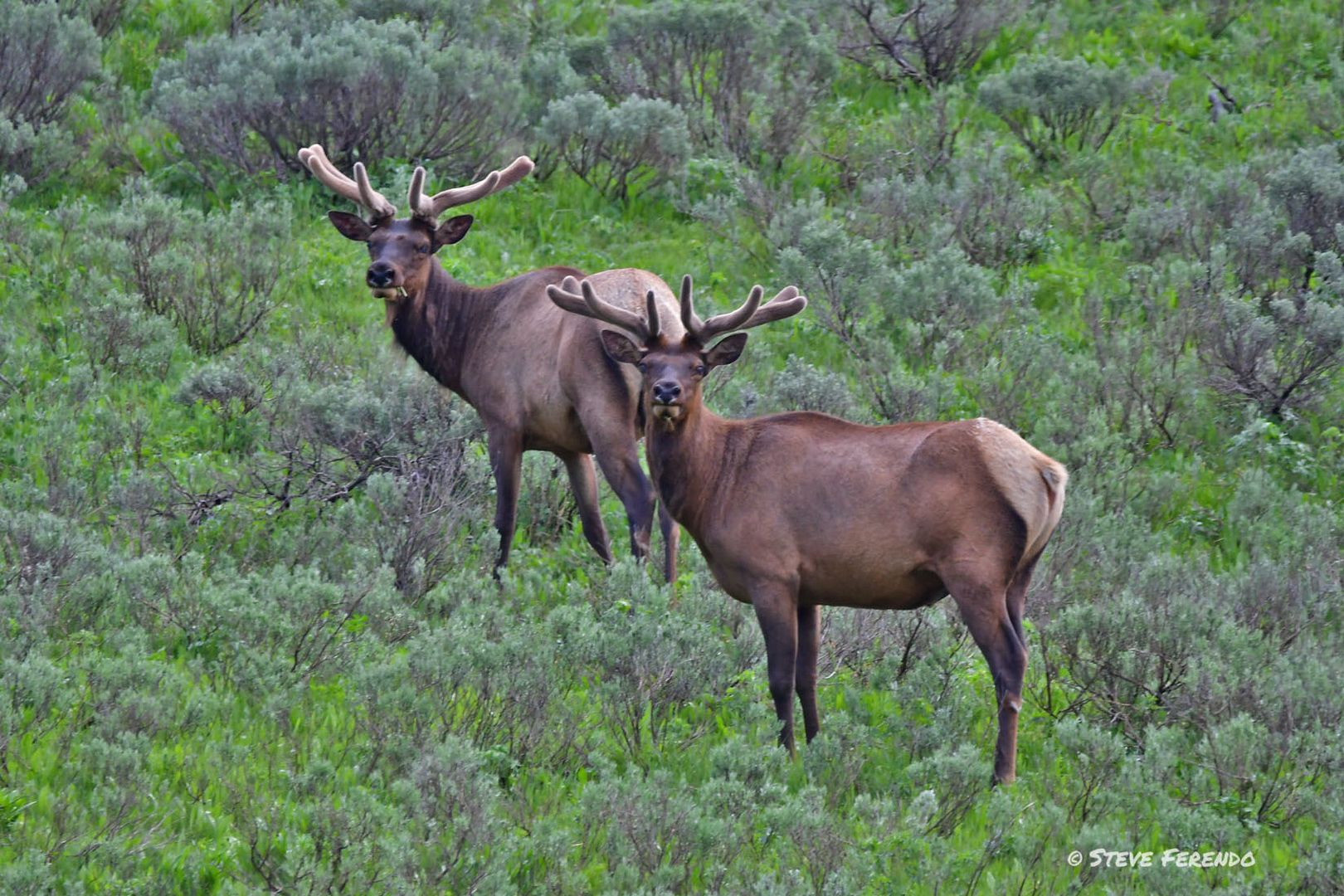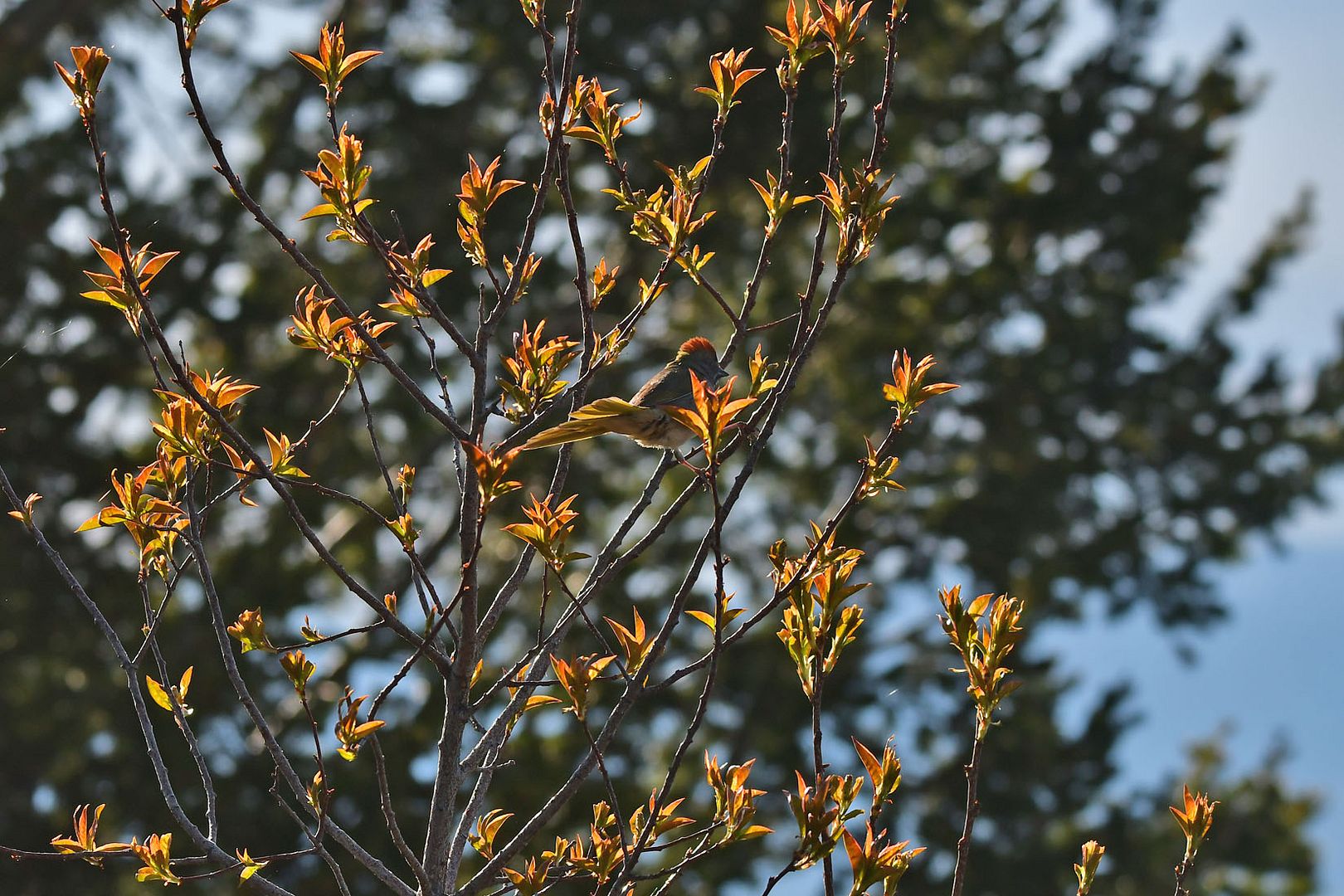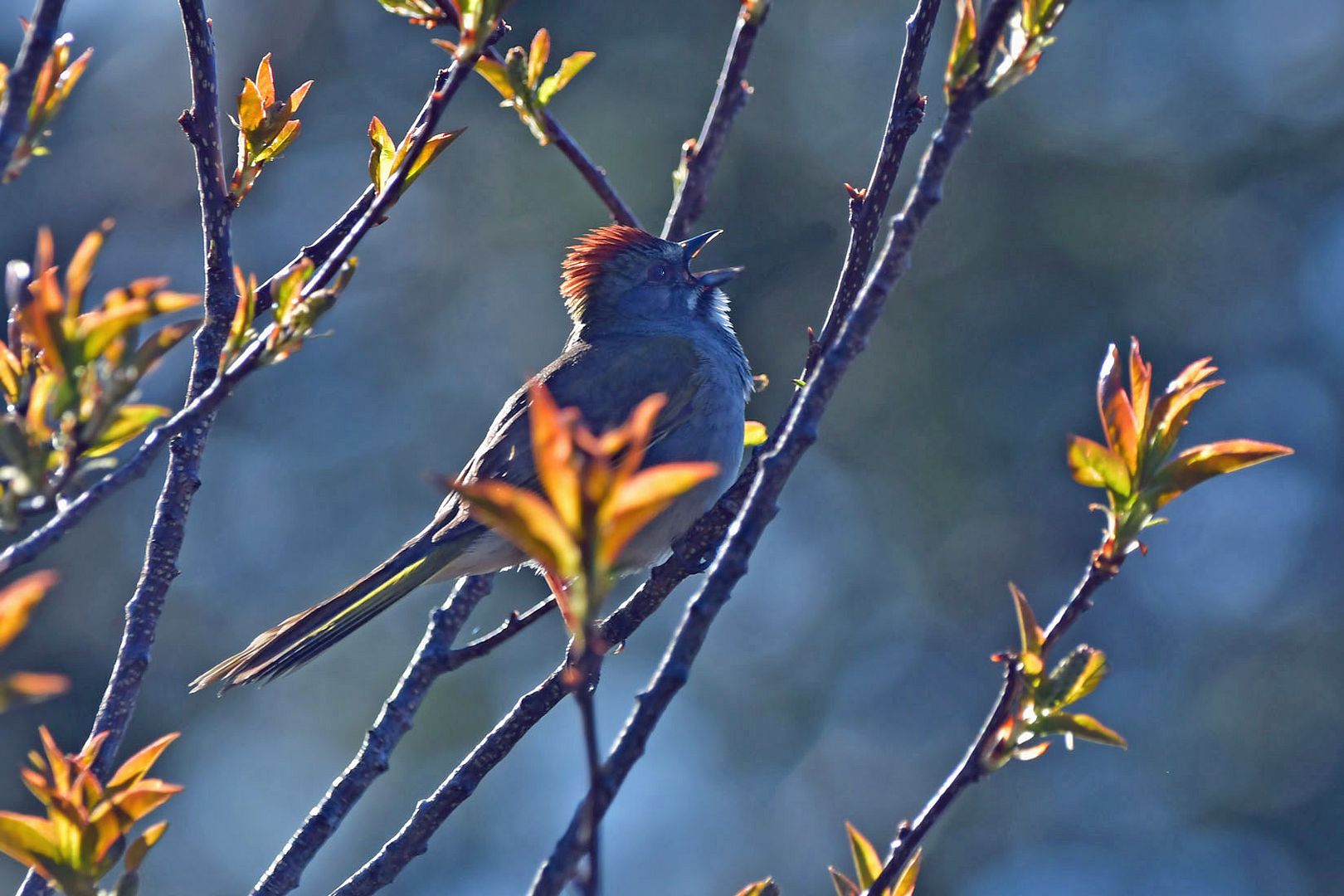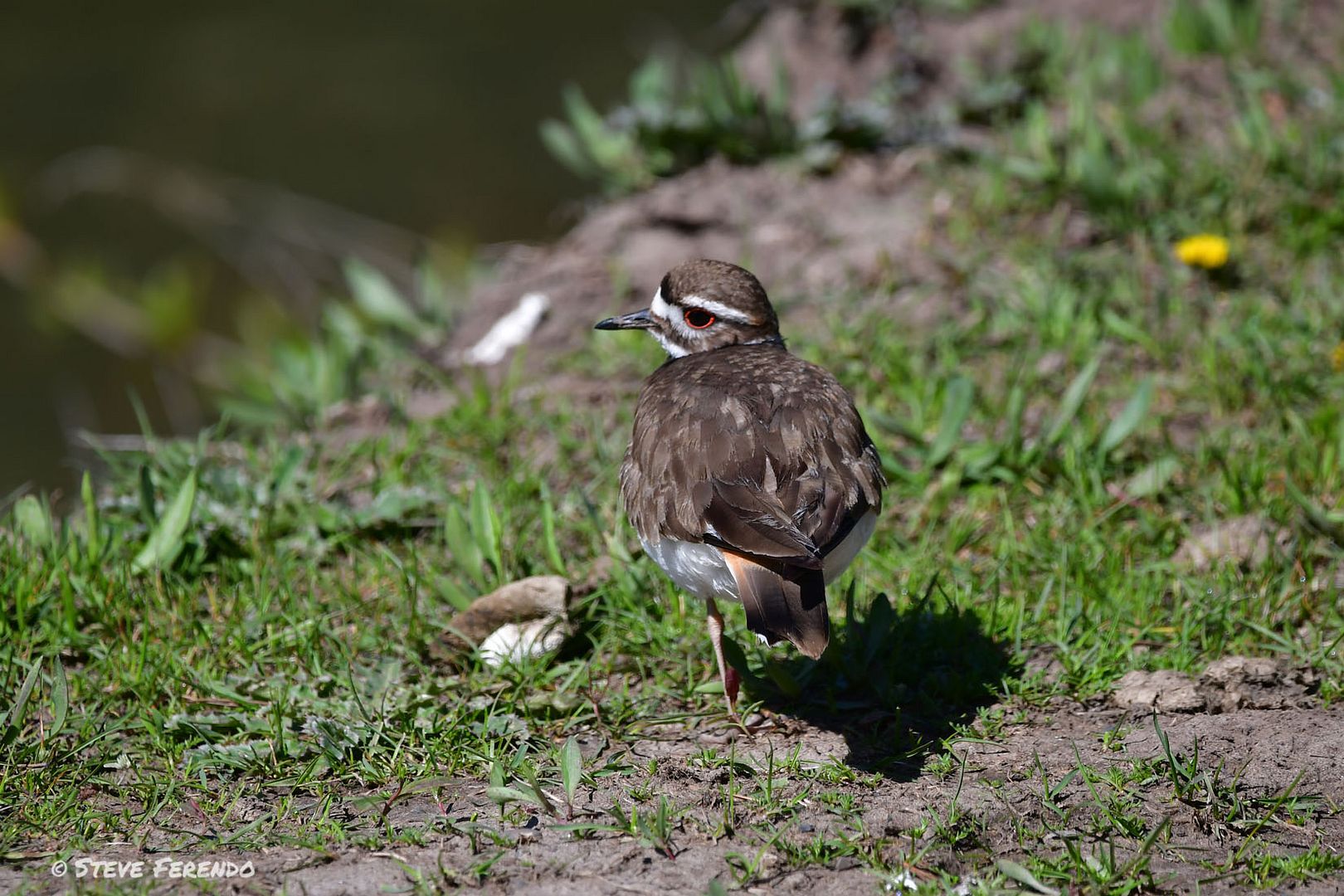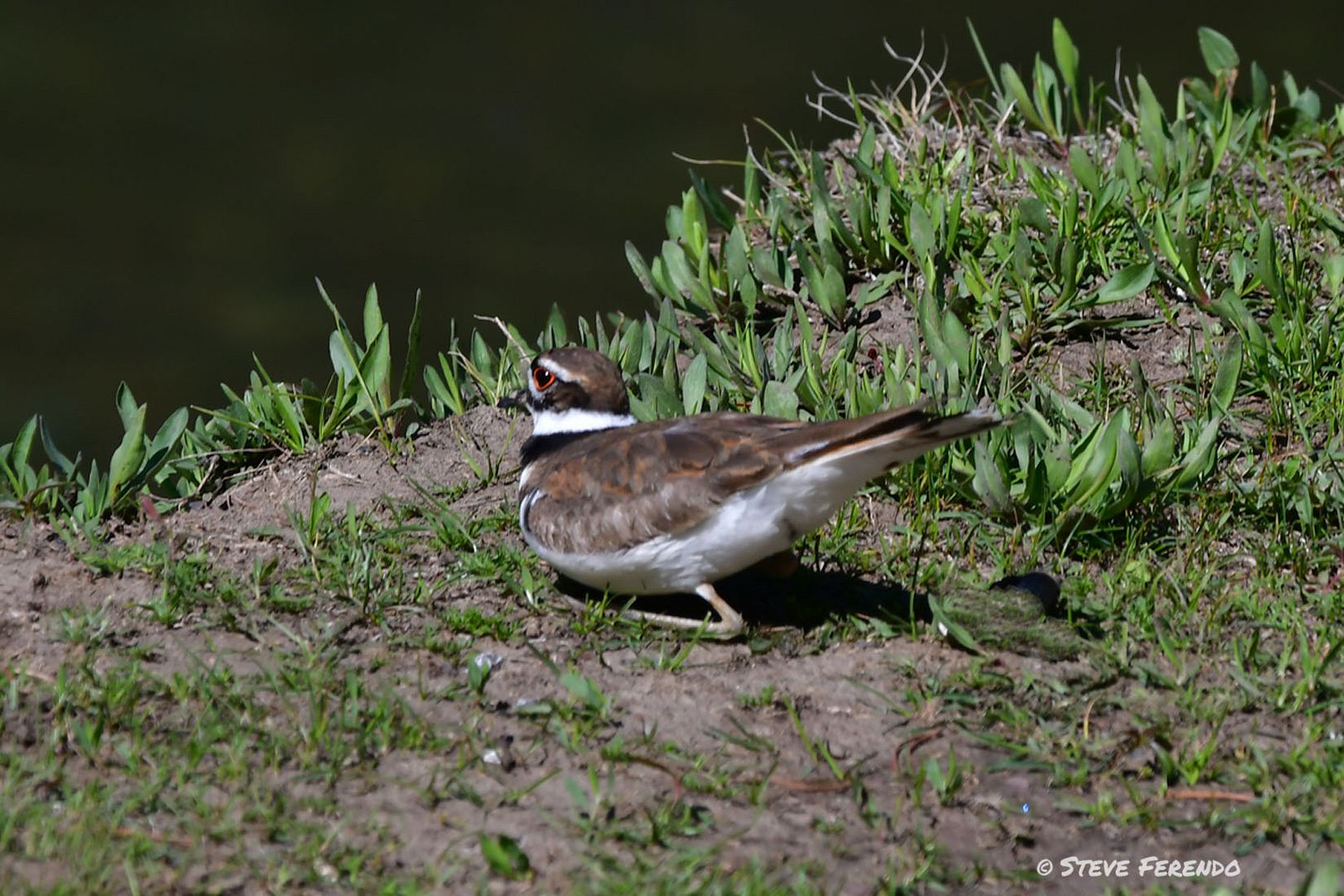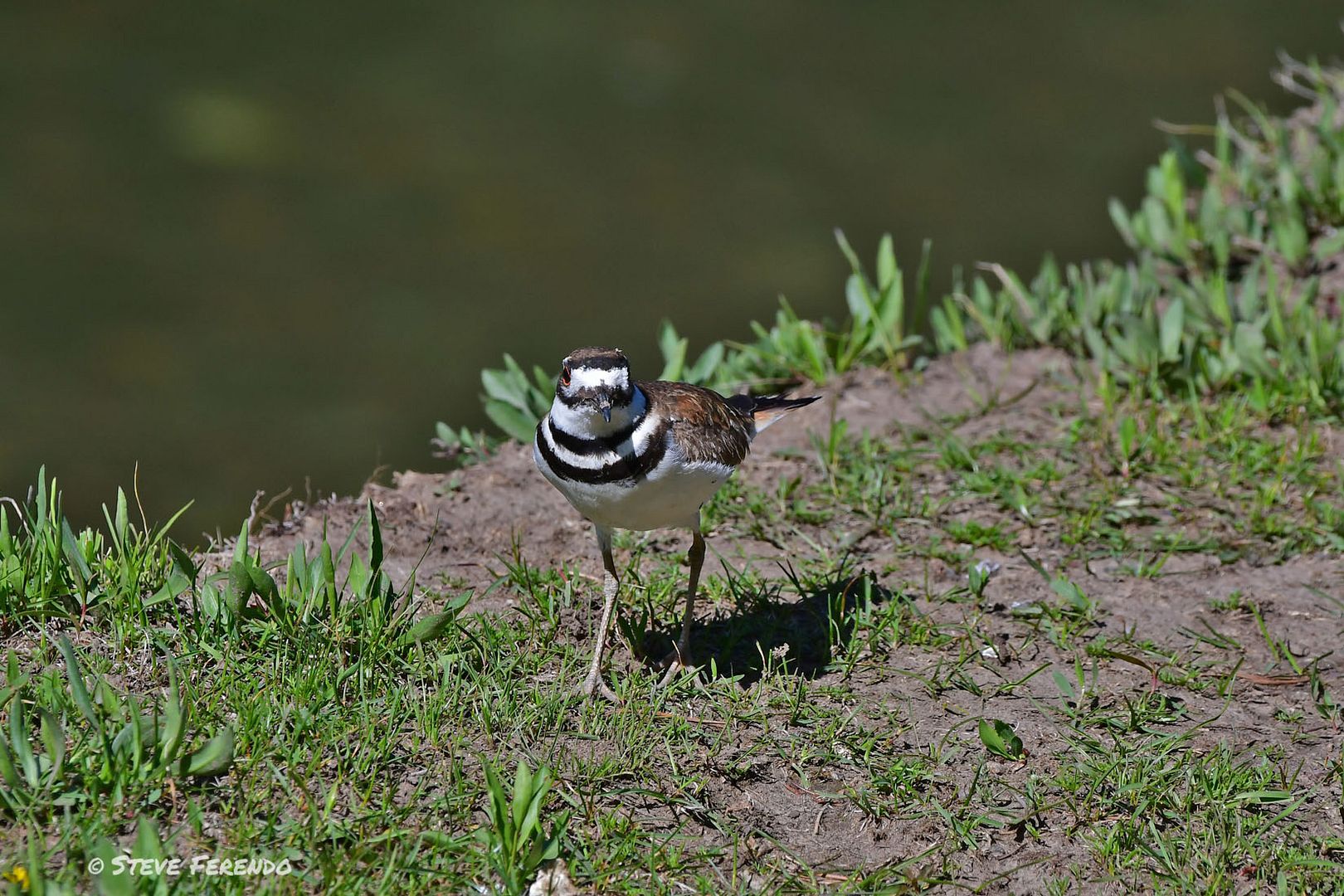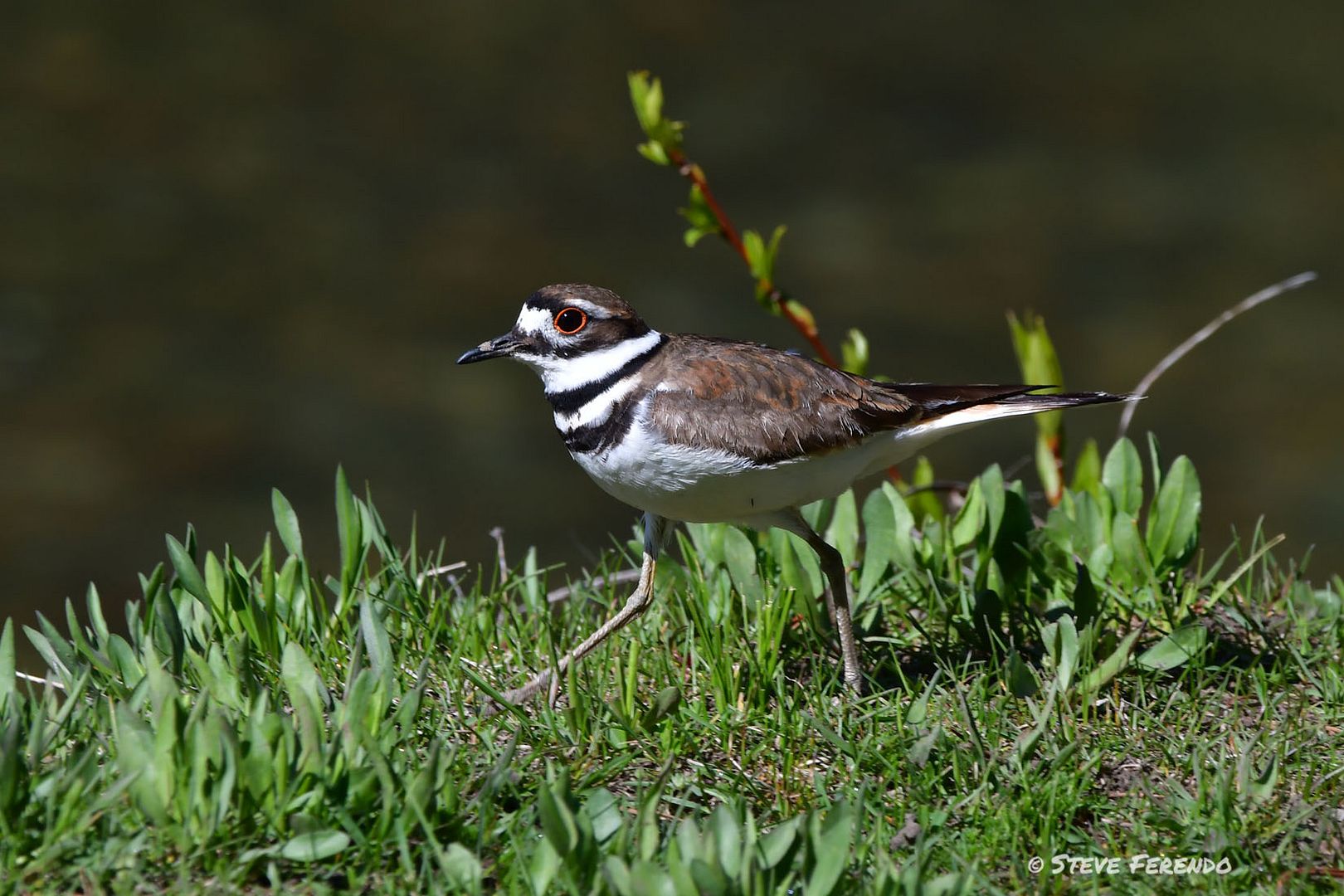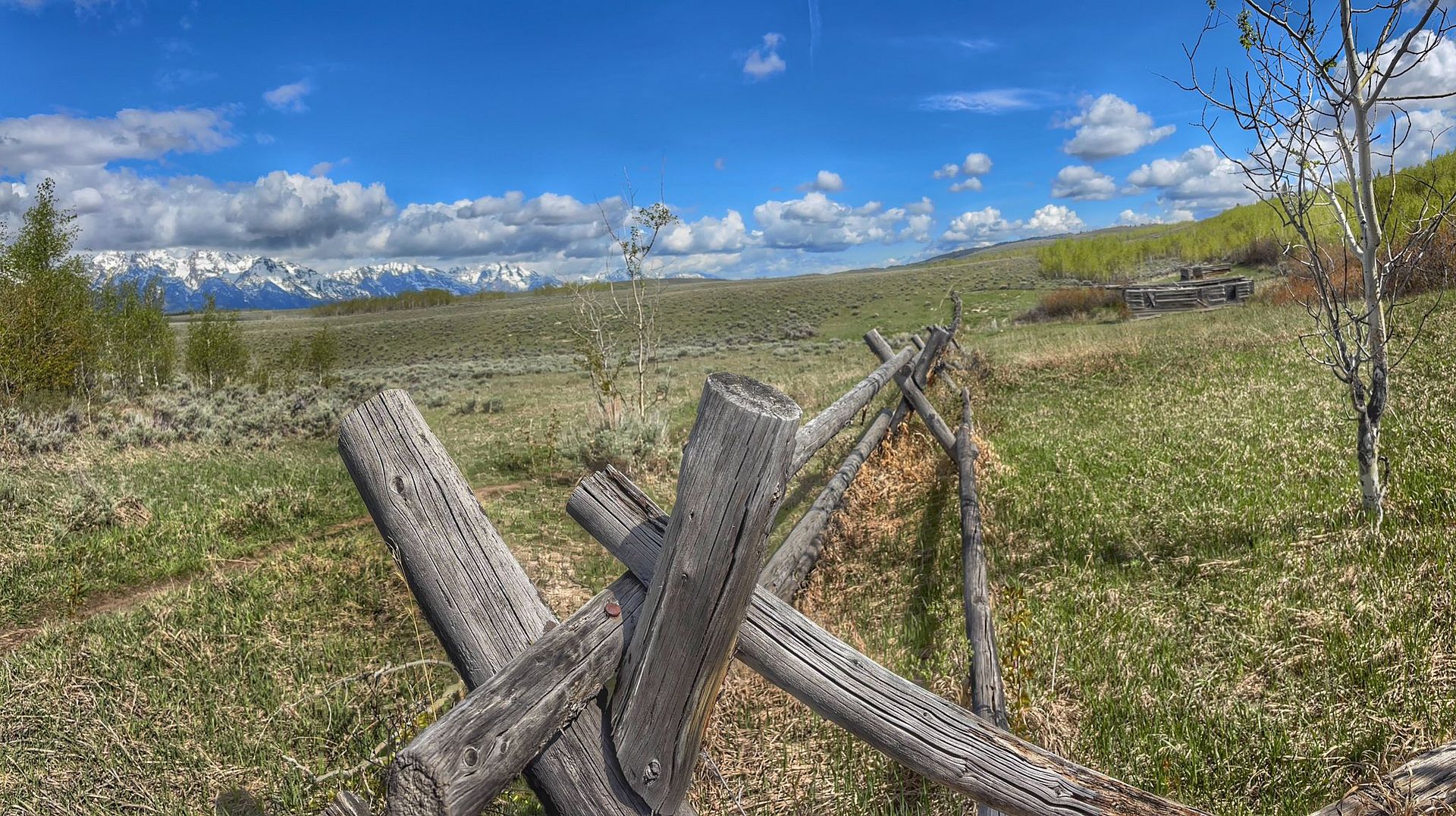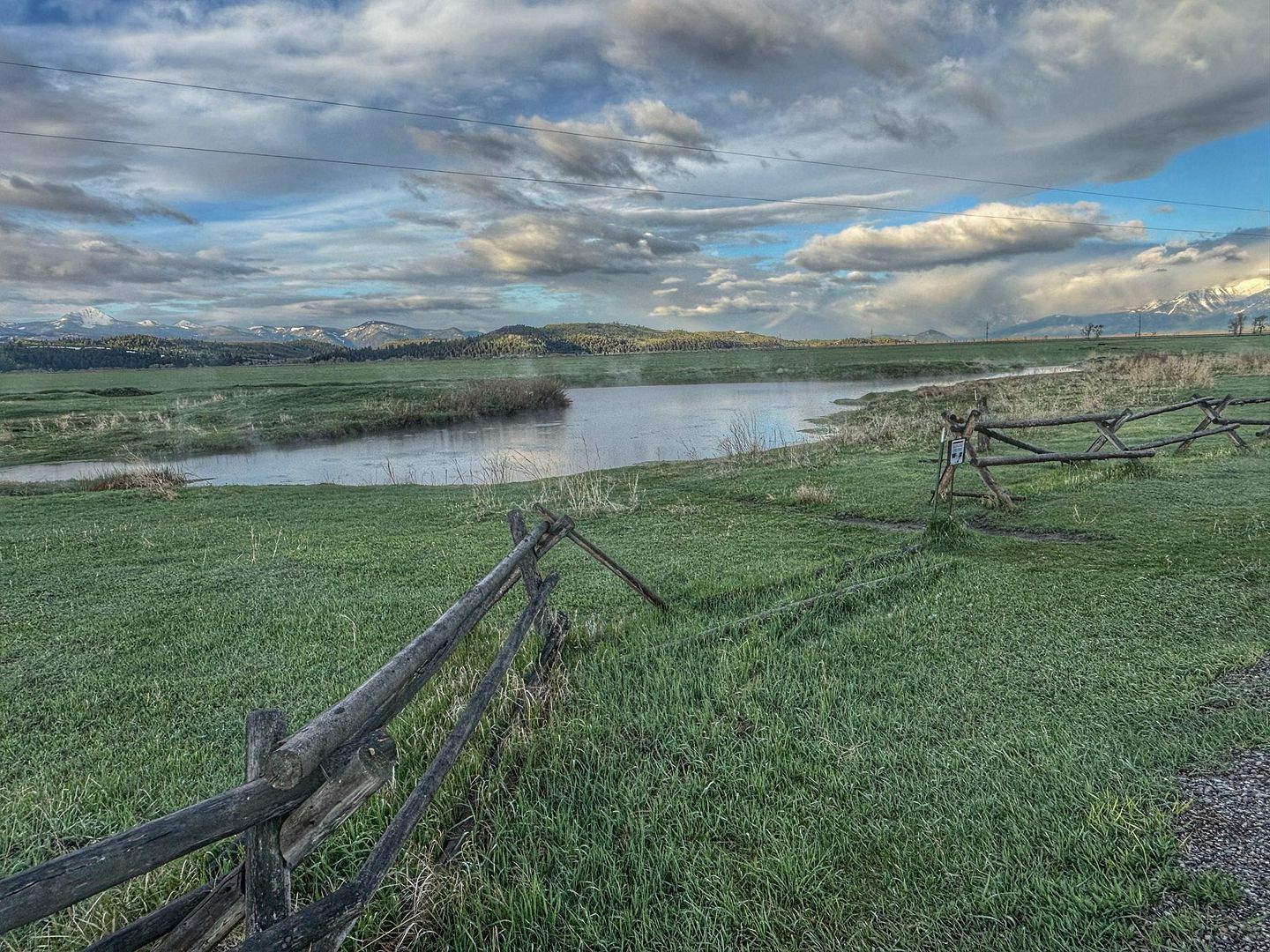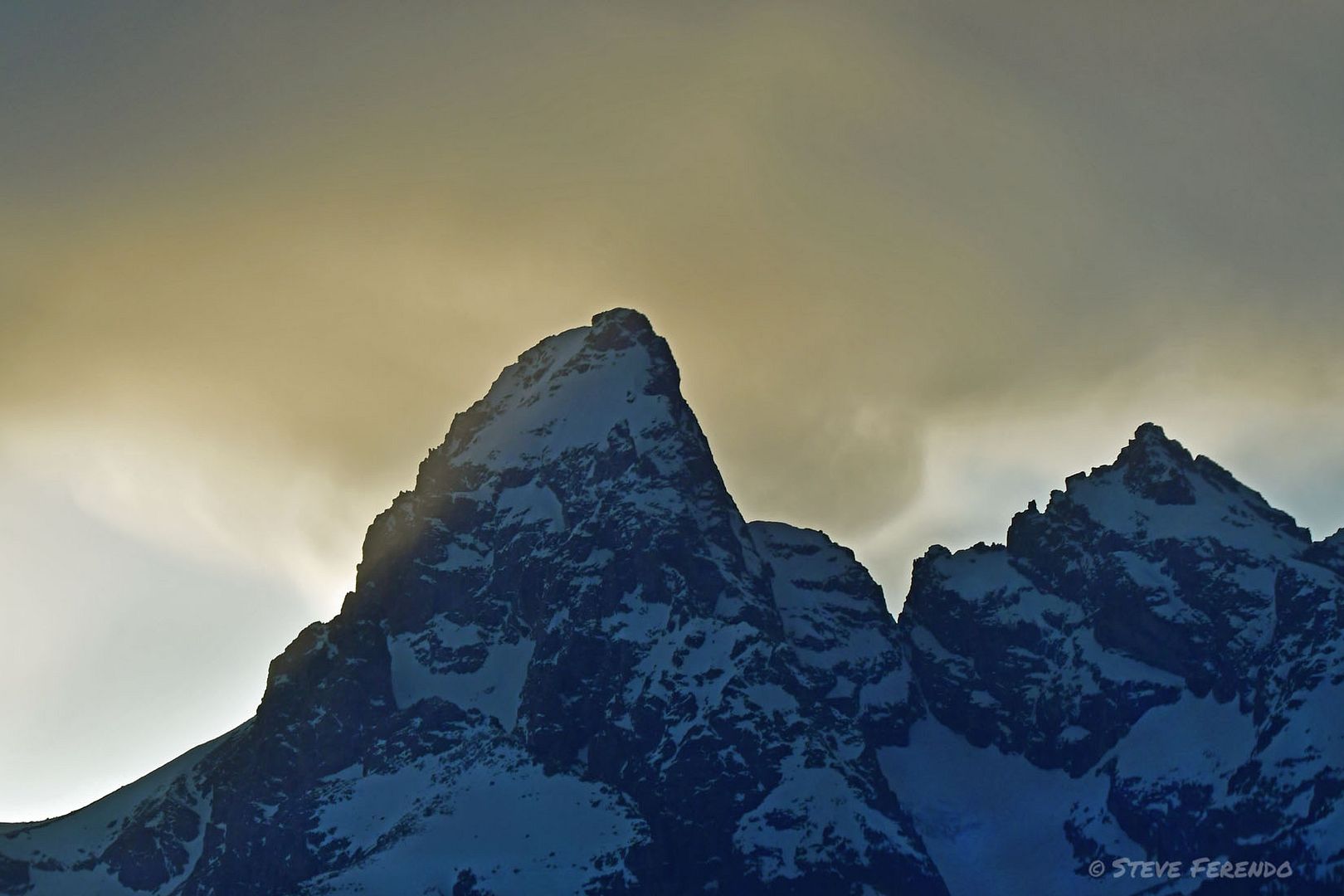One day, while exploring the area near the village of Kelly, we came upon this moose. As you can tell she had suffered damage to both of her ears...
Cheryl, a now retired veterinarian, speculated that the injury was likely caused by frostbite. The harsh conditions that wildlife endure is dramatic. We have never seen such evidence before.
After observing her a while it appeared that she might be pregnant. We checked several times before leaving GTNP, hoping to see her with a new calf. We did not see her again.
This black-headed grosbeak was one of several that we located in the area...
Ruby-crowned kinglets were often seen and heard...
This Lincoln's sparrow was a first for us...
While exploring national forest land we saw these Barrow's goldeneye...
Below are photos that Cheryl took on the Gros Ventre Road...
The iconic mountains that entice millions of visitors each year...
Mount Moran, reflected in the Snake River at Oxbow Bend, should be on all visitors bucket list...
Not many tourists visit the Uhl Reservoir because of its location and rough access road...
Though rough and full of ruts, the road to Uhl Hill provided us with photos of a Vesper Sparrow...
and this warbling vireo ...
Finally, a yellow warbler posed briefly...
My next post will focus on Yellowstone. The first, the biggest in the lower 48, and many feel the best national park in the USA.
Thanks for visiting, be well, and come back soon.
